Whether you want to sail to see the proboscis monkeys of Borneo, spend time volunteering in the universal city of Auroville or stay amidst the Canadian Rockies, you have to keep in mind about sustainable travel options. This blog has 26 great ecotourism destinations across the world that you might consider visiting.
With more and more people travelling and overtourism being the order of the day, we as travellers need to look for ways and means to protect and preserve the world we live in. Although travelling and eco-friendliness do not often go hand in hand, somewhere the stakeholders have to find a balance. This is where ecotourism comes in, which is mainly directed to support the conserve the ecology and the wildlife. And no tourism can be sustainable without the involvement of the locals.
I had asked a few travel bloggers about their favourite ecotourism destinations to visit. Here is what they recommended. The places wait once the world is again ready to wanderlust!
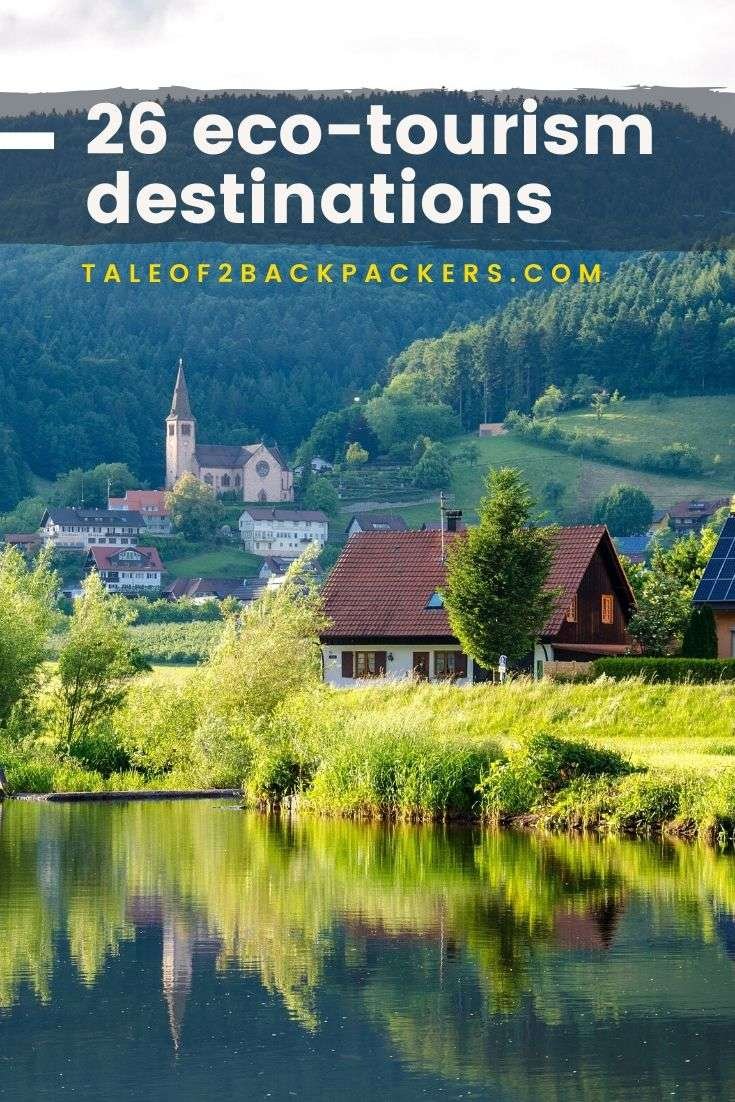
Ecotourism Destinations in Asia
-
Sabah, Malaysia
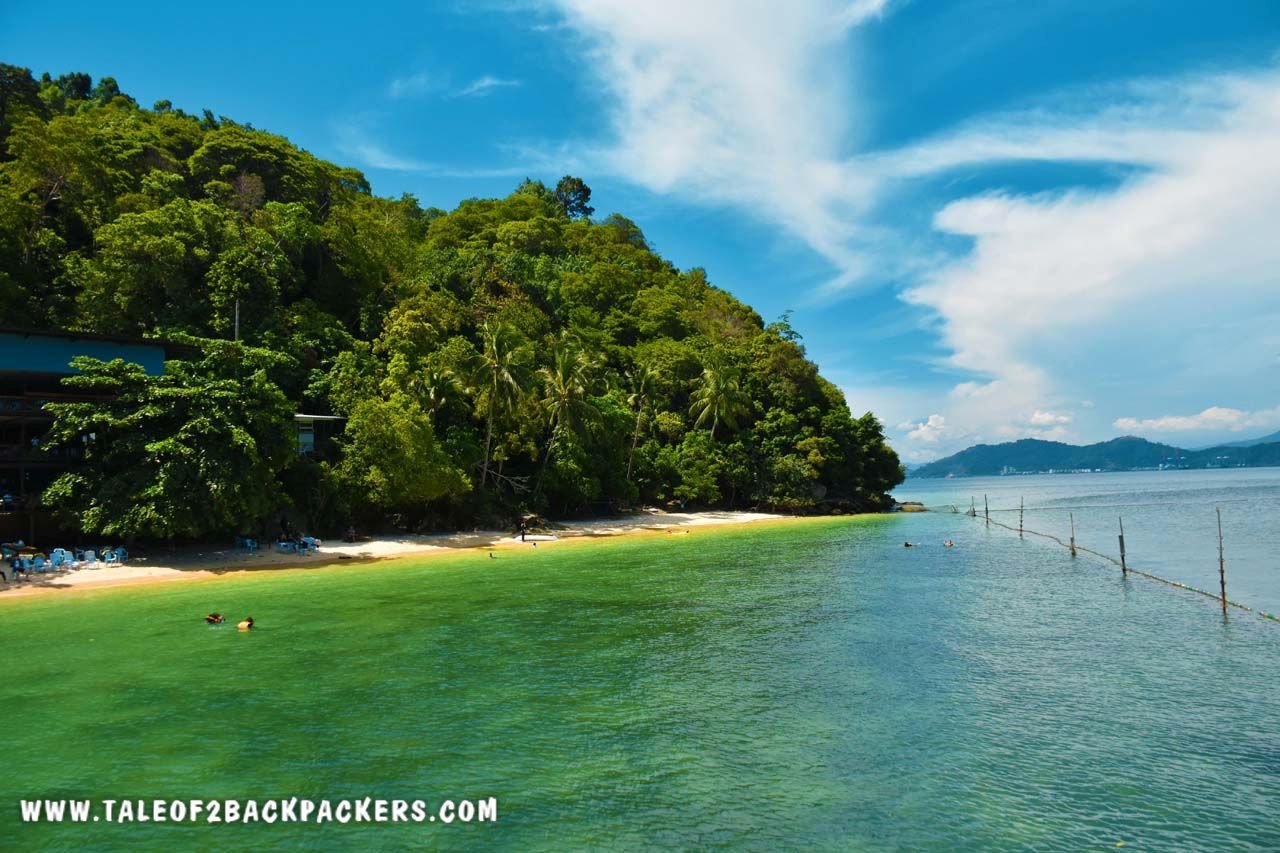
Sabah is one of the best ecotourism destinations of Borneo in Southeast Asia. Borneo itself is one of the eco-diversity hotspots and in Sabah, you will find one of the oldest rainforests in the world. I was amazed to know that they are almost 140 million years old. With a vast area of rainforest, Sabah is the home of some endemic species that are not found anywhere else, an abundance of marine life and some of the best nature experiences that you can probably have.
There are as many as 6 national parks in the small state of Sabah – Mt. Kinabalu, Crocker Range and Tawau Hills and 3 marine parks (Turtle Island, Tunku Abdul Rahman and Pulau Tiga). Tunku Abdul Rahman National Park comprises of 5 islands and is one of the most beautiful ecotourism destinations of Sabah.
You can visit the Mari Mari Cultural Village, where the houses, costumes and traditions of the 5 ethnic groups of Sabah are on display. Borneo’s Proboscis monkeys are one of the greatest attractions of the region and you can take a river cruise at Kilas River to see them. Visit the Sepilok Orangutang Centre, which is a rehabilitation centre for the injured, displaced and orphaned orangutans. Kinabalu Park and the Sabah Tea Gardens are also some of the interesting ecotourism destinations that you can visit.

My favourite, however, was the Pillars of Sabah in the heart of Kota Kinabalu town. In this project, 30 Sabahan artists came together to highlight 30 threatened wildlife found in Sabah and its rainforests. 30 endangered species were painted on the pillars, thus spreading awareness on the protection of wildlife.
You may choose to stay at Kota Kinabalu. If you want to get an experience of the tea gardens, then Sabah Tea Resort is a great place to stay.
-
Thimpu, Bhutan
Explored by Dagney from Cultura Obscura
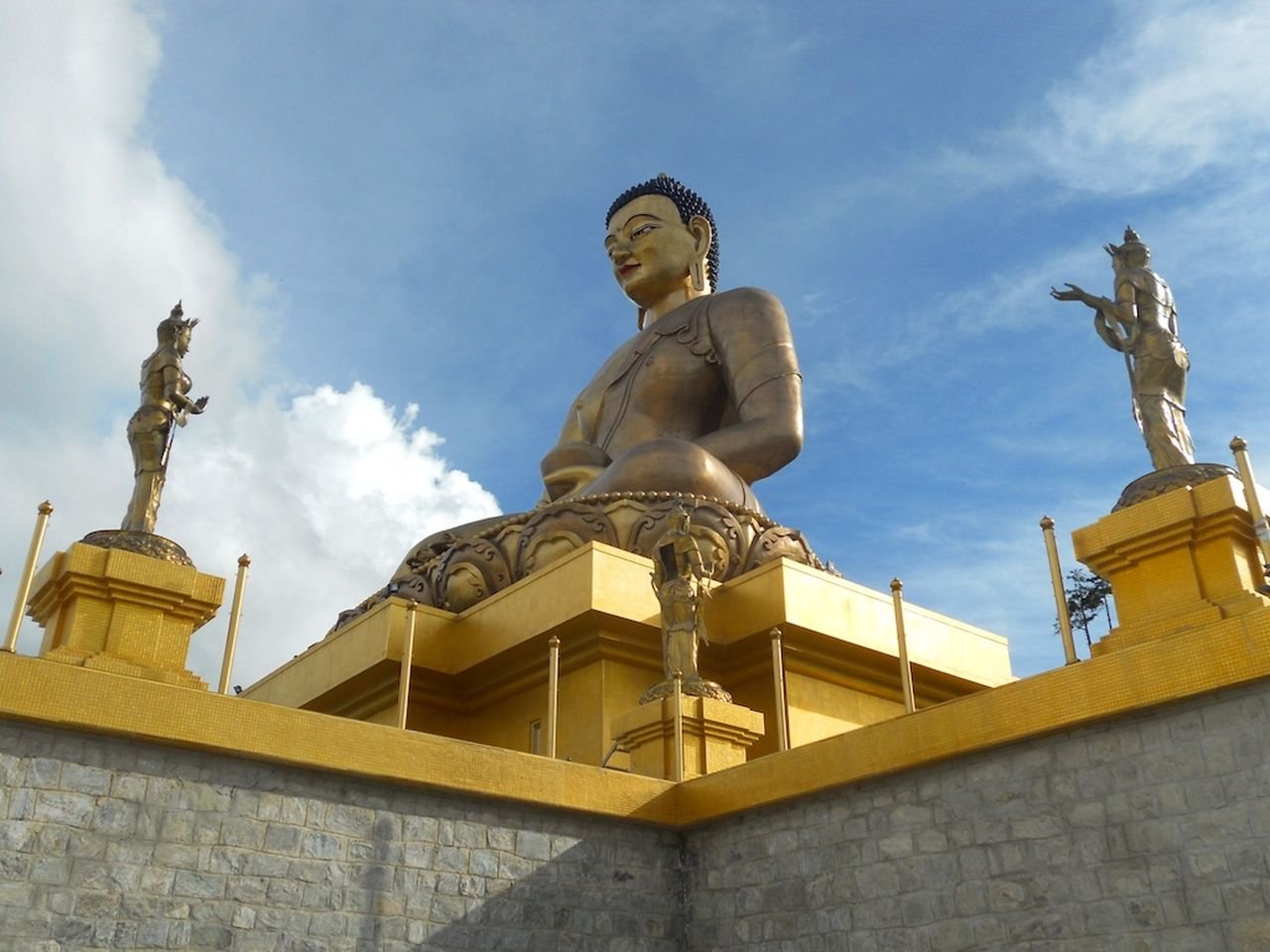
Thimphu, Bhutan is one of the best ecotourism destinations for sustainable travel. Bhutan is actually the only country in the world with a negative carbon footprint. The country produces 1.5 million tons of carbon, but due to all of the greenery, over 6 million tons are absorbed. Additionally, no animals can be slaughtered for consumption in Bhutan, which also cuts down on the country’s methane levels.
As the capital, Thimphu is the cultural heart of the country. There are many places to visit in Thimphu for eco-conscious travellers. Those looking for environmentally friendly activities can enjoy a hike at Kuenselphodrang Nature Park before marvelling at Buddha Point or can head to the Takin Preserve to spot the Bhutanese National animal. Alternatively, head to the Textile Museum or Choki Art School to learn about the importance Bhutan puts on preserving local handicrafts, which means almost nothing is imported into the country.
Put your feet up at Chh’a Bistro & Bar, an eco-friendly cafe serving delicious local food.
Indians can easily travel to neighbouring Bhutan via Phuentsholing or Gelphu, however, non-Indians normally need to arrange a tour and must fly into the country via the Paro airport. From Paro, transport to Thimphu can easily be arranged.
-
Koh Tao, Thailand
Explored by Lee from The Travel Scribes
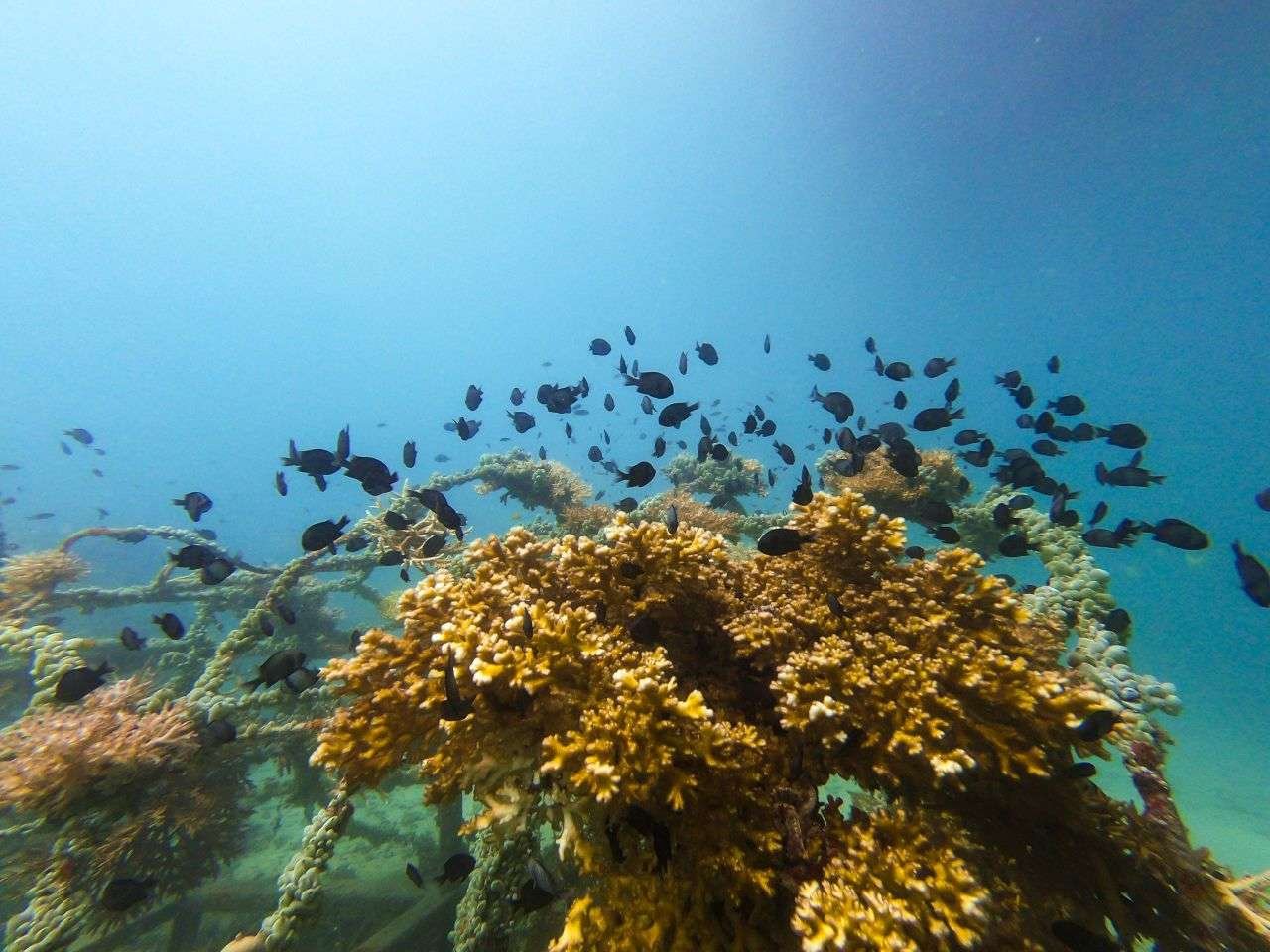
When you think of Southeast Asia, eco-tourism isn’t usually the first thing that comes to mind. While the region plays host to millions of travellers each year, you’ll usually find that the countries in this region are more focussed on hospitality than having an impact on the planet. Not so on the small island of Koh Tao nestled in the Gulf of Thailand.
This tiny Thai outpost, also known as Turtle Island, punches above its weight when it comes to eco-friendliness. Known as one of the world’s ‘cheapest places to learn to dive’, Koh Tao is leading the efforts to regenerate the ocean and practice sustainable diving and snorkelling in its waters. Led by a collective called Eco Koh Tao, they practice coral restoration, create artificial reefs and even have a comprehensive ‘adopt a coral’ program, to help restore the sea to its former glory. More than that, the island was one of the first to entirely ban single-use plastics – no plastic straws or shopping bags to be found here, where hotels and stores work together to provide better solutions for visitors.
Most people converge on Koh Tao from nearby Koh Samui or via ferry from Chumphon, journeying to the island for the diving but there is a lot more to do than just don your scuba gear. Koh Tao has some great laidback bars, a number of beautiful beaches and some stand-out snorkelling experiences, like swimming with blacktip reef sharks in Shark Bay. Trekkers will also enjoy a hike to John-Suwan viewpoint, to get sweeping views of the archipelago.
-
Jyrgalan, Kyrgyzstan
Explored by Stephen from Asia Hikes
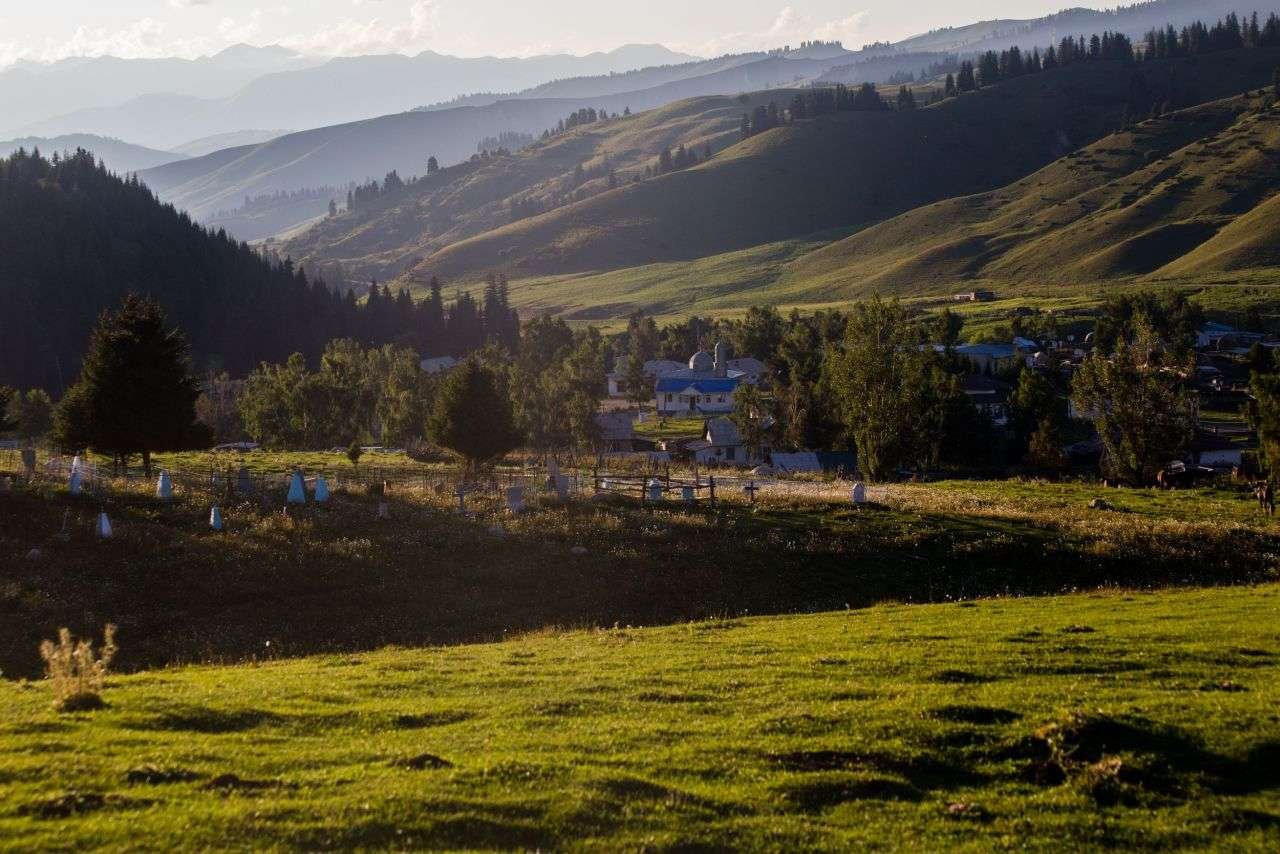
From Soviet-era coal mining community to economic dead-end, the small community of Jyrgalan in Kyrgyzstan’s Issyk-Kol oblast has reinvented itself in recent years as an ecotourism hub popular with independent travellers. From anywhere in the village, travellers can strap on a backpack or saddle up a horse to head out for adventures of a day, a week, or longer; time and pack size are the only real limits, and money spent here stays within the community and contributes to local projects.
Jyrgalan is the starting point for horse treks and hiking in summer – everything from day trips to Kok-Bel Waterfall or Turnaly-Kol lake to massive trips like the epic week-long Ak-Suu Transverse Trek across a succession of sparkling mountain lakes. In winter, the village is popular as a base for backcountry freeride skiing – snowcats, snowmobiles, or old-fashioned skin-ups are available for hire; most days can be arranged to tour untouched powder in a variety of landscapes (and skill levels).
Six guesthouses in Jyrgalan provide beds for visitors – the original on the scene and still the best facilities are at the Ala-Kol Guesthouse. Any of the others in the village, while smaller, still provide a comfortable welcome and a friendly family vibe for visitors.
Jyrgalan is an easy Marshrutka minibus ride from the trekking hub of Karakol – the #331 makes the trip in an hour and a half three times per day.
-
Lahaul and Spiti Valley, India
Explored by Suruchi & Tashi from AllGudThings
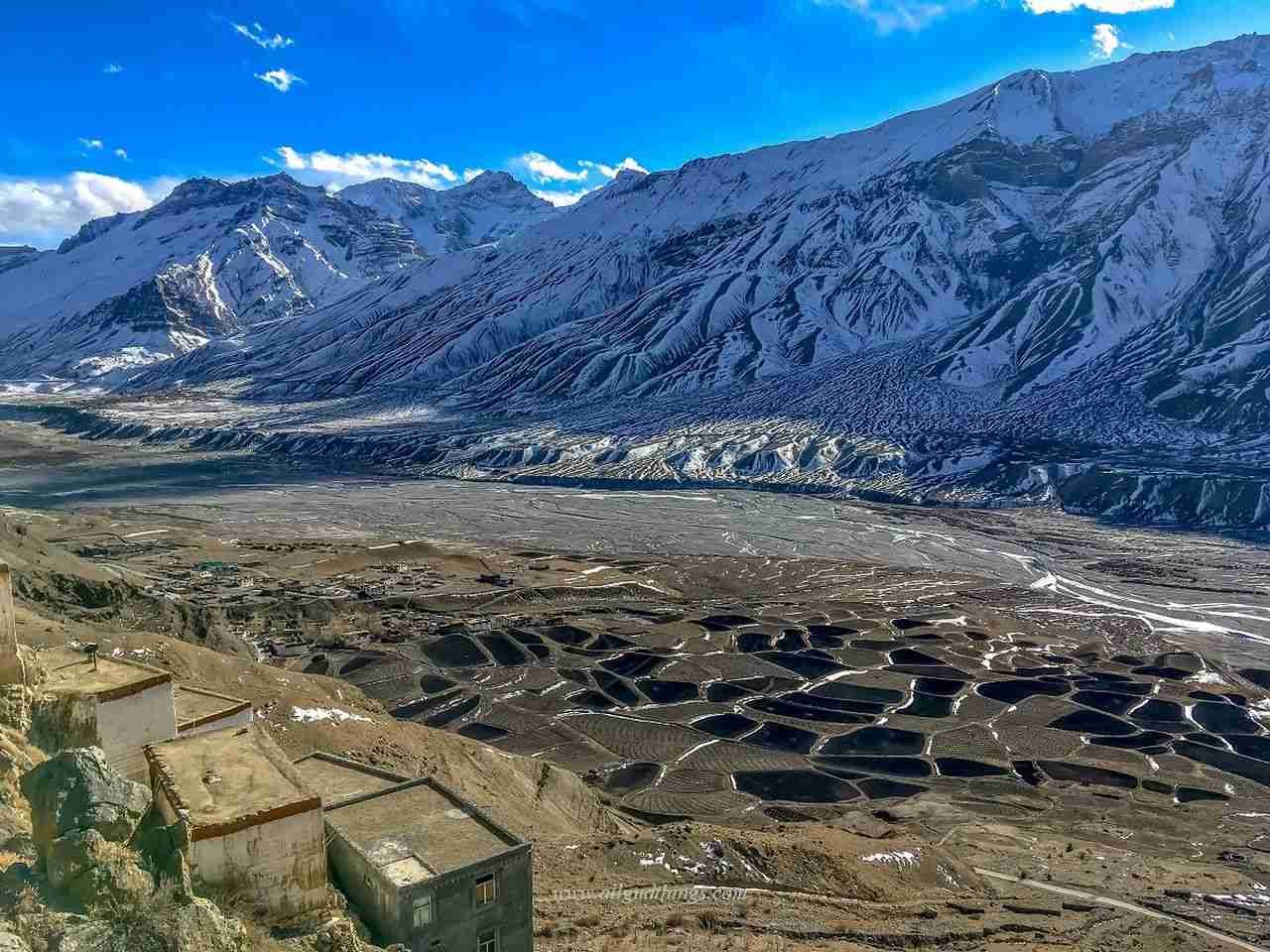
Lahaul Spiti Valley in Himachal Pradesh is the extension of mesmerizing landscapes of Tibet with challenging terrains and adventurous hairpin bend roads. It is a dry desert with the towering Himalayas in the background and the emerald green River Sutlej and Spiti feeding the area. The valley has absolutely calming vibes and is a visual treat for every tourist, traveller, photographer, and adventurist.
Throughout the Valley, one can see delightful signage’s telling the name and sparse population of a village, ranging from 20 to 500. The terrain is extremely harsh and an eco-sensitive zone. Villagers remain snowbound for almost 6 months (i.e. winters) in a year & valley is maintained by Border Roads Organization (BRO) throughout the year.
Lahaul Spiti is a nature’s paradise and is one of the best ecotourism destinations in India. It is a place to relax and enjoy the changing colours, terrains & the beauty of Himalayas. Apart from this, spend time with the lamas in the Tabo, Dhankar & Key monastery, listen to the stories of the valley from locals, relish their local cuisines, drive to the surrounding villages like Gue, Dhankar, Hikkim, Kibber, Chicham, Tashigang, Langza and Pin Valley and also check the moon lake – Chandratal.
At Kaza, enjoy local Thupka & momos in the main market & visit Café Dezyor for Tandoori, Tibetan, & European cuisines. Their Pizzas and jacket potatoes are our favourite. At Batal, enjoy Kadi Chawal at Chacha Chachi Dhabha or at the other shacks around.
There are multiple homestays at Nako but we always prefer to stay at Knaygoh Kinner camps too because of its location. Baba’s / Phunstok’s Homestay or Tabo monastery in Tabo, Pema Homestay or Hotel Deyzor at Kaza and Tenzin Camps at Chandrataal Lake are our recommendations.
-
Aryan Valley, India
Explored by Jitaditya from The Travelling Slacker
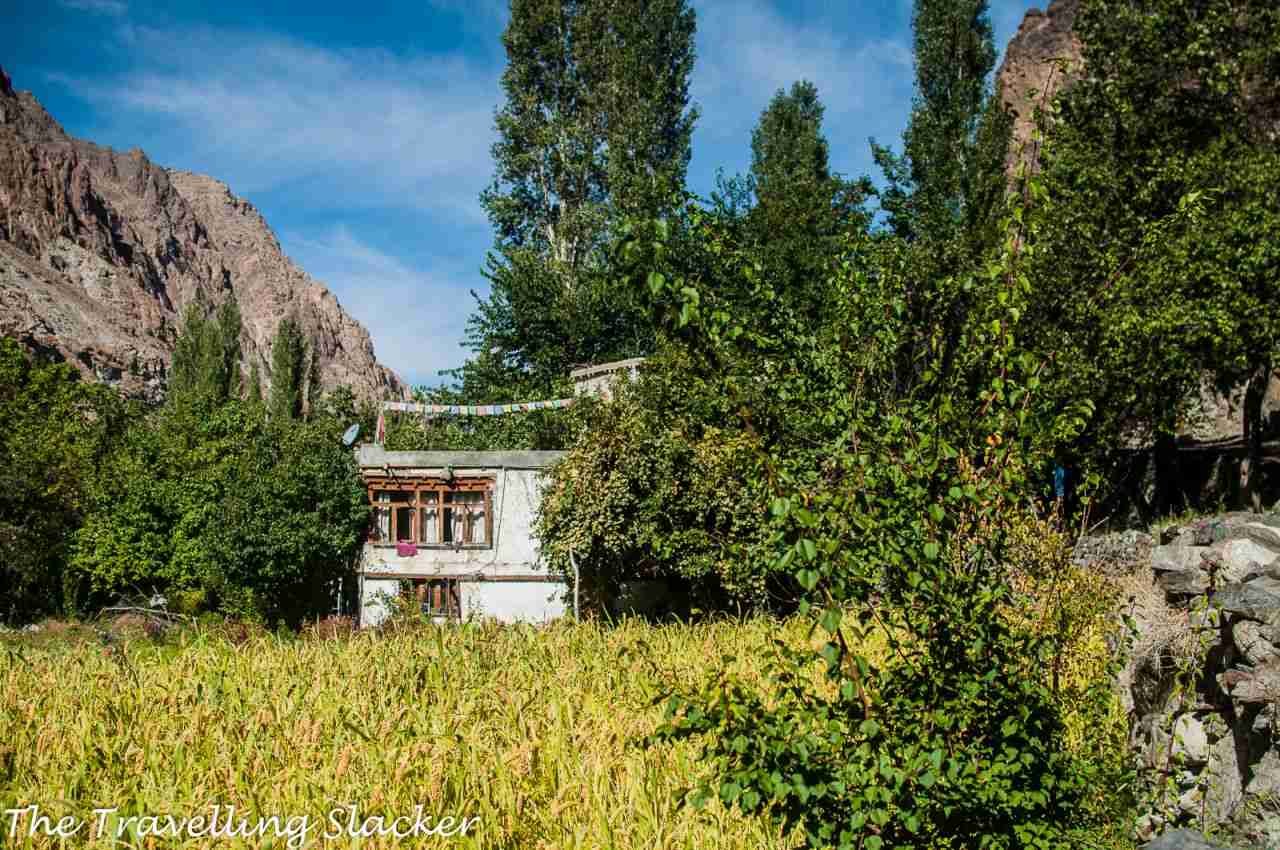
For me, sustainable travel means something that involves the native population. It can’t be sustainable unless it is rooted in local culture and the locals can make a living out of it. This is why I consider the Dah- Hanu and nearby villages of Ladakh to be a great sustainable travel destination.
There are several villages inhabited by Brokpas on the banks of Indus, which can be reached with a 5-6 hour bus ride from Leh. I stayed in a homestay in Dah Village, run by a local family, set amidst a vineyard. Apart from local history and culture, do explore local food and wine too. They even make jam out of apricot and mulberry and sell to the tourists.
The Brokpas are a Dardic community that still maintain their unique culture and ancient religion, while they are surrounded by dominant Muslim and Buddhist areas on all sides. Some people consider them to be the last pure-bred Indo-Aryan community although there are many conflicting theories in this regard. This is why nowadays the area is also called the Aryan Valley.
-
Daluyon Beach and Mountain Resort, The Philippines
Contributed by Elsa Jose from Travelling Quote
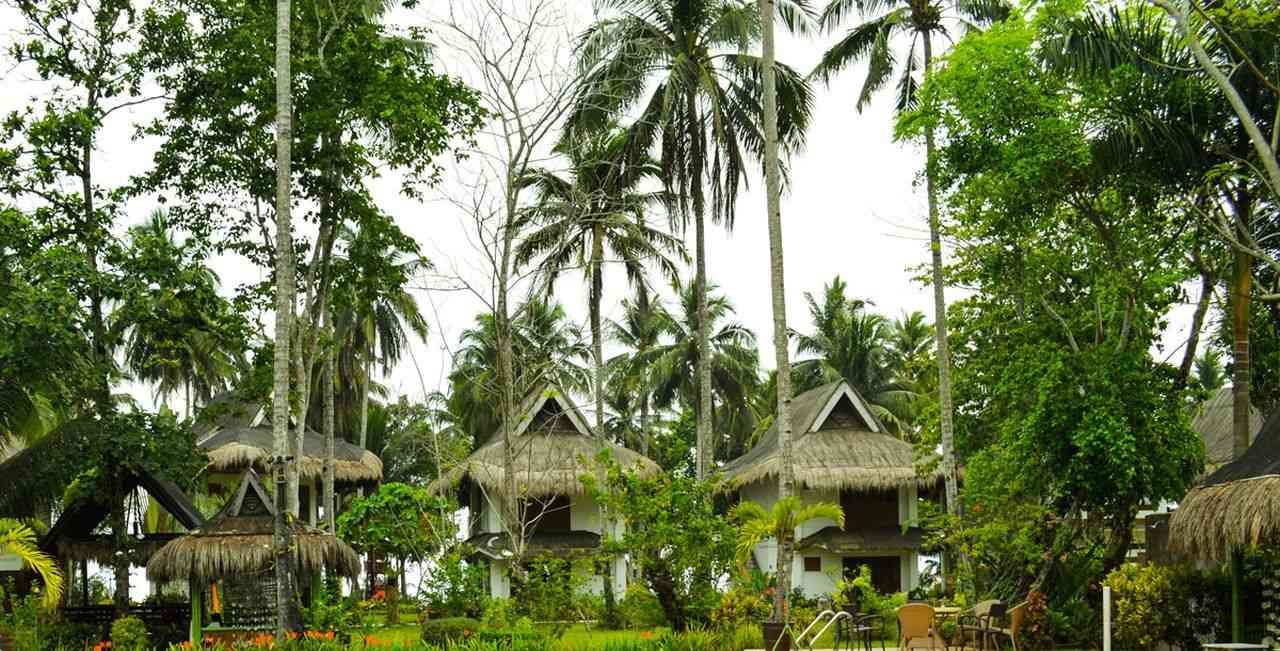
Daluyon Beach and Mountain Resort is a multi-awarded resort located in Palawan, Philippines, the place recognized locally and internationally as a green and ecotourism destination. As one stay on Daluyon Resort, the feeling is so overwhelming that, finally, you found a paradise that is really well-cared of amidst the modernization of the world.
Plan a trip to Palawan by booking a travel going to Puerto Princesa City as the destination. From its airport, the travel is about two hours to the resort. Daluyon Resort will be the one to handle all your transportation. A van would pick you up from the airport and nothing to worry about.
The best thing to do in Daluyon is sitting on the terrace of their cabana and see the waves, feel the wind, hear the whisper of the birds, smell the cleanliness of the place and drinking the whole view from the mountains to the sea up to the shore, feeling the embrace of the tropical trees. You just stand there and you would be grateful that you had a chance to experience all of these.
And when you settle your mind and convince yourself that you are not in a dream, your stomach will growl and you can proceed to their Pawikan restaurant that offers local cuisines and international foods.
There is so much more of Daluyon Resort, so much exploring to do so better stay longer to feel the magic of being one with nature.
-
Pondicherry, India
Explored by Debjani Lahiri from The Vagabong
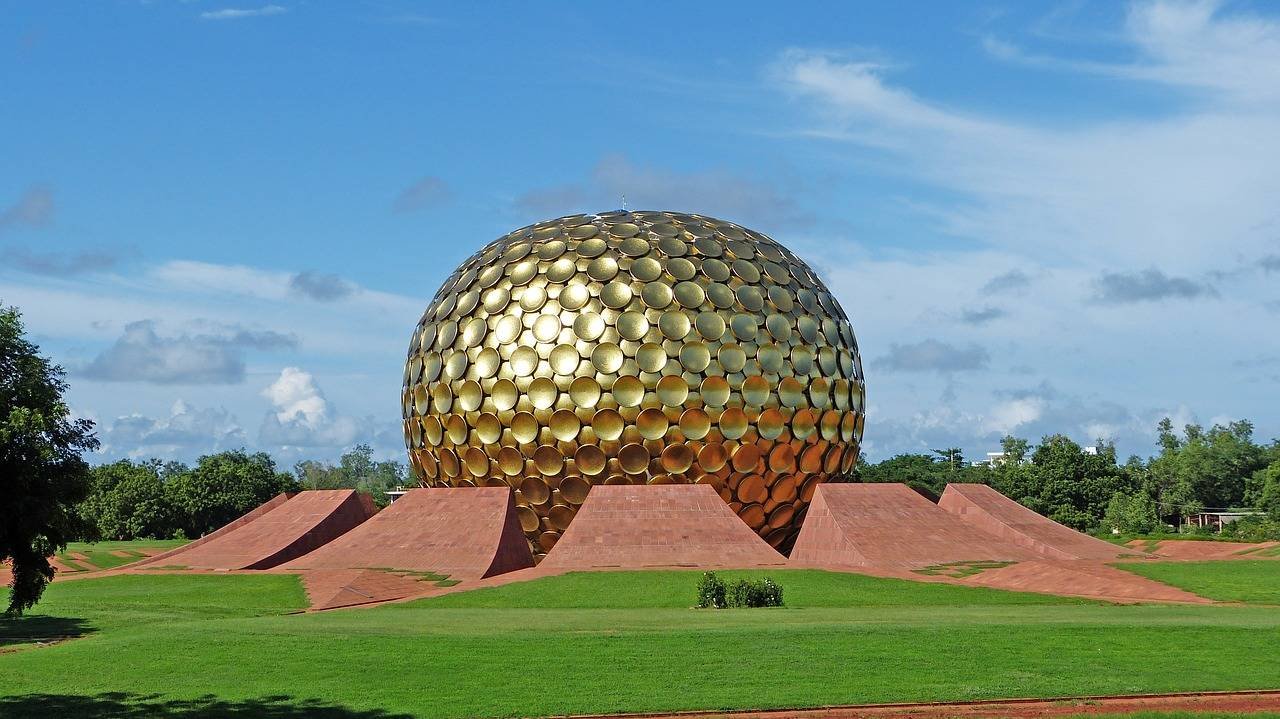
Pondicherry, fondly known as “Pondy” is one of the most beautiful ecotourism destinations in Southern India. It was a former French colony that is a perfect amalgamation of the traditional South Indian and French architecture, making it a dreamy escape that offers the best of both worlds. Quaint boulevards of White town which mainly boast the French influence in their architecture and themed chic cafes and restaurants have a perfect laid back charm of the city. What appealed me was the simplicity and elegance which this city has.
Apart from known for its stunning beaches, adventure activities, niche homestays, laid back ambience and quirky boutiques; Pondicherry is also famous for Auroville, a community of Eco-dwellers. The model township built with a massive effort of long term afforestation over acres and acres of parched barren land a few years ago. Today, Auroville has several communities and projects focused on reforestation, water conservation and sustainable living.
Matri Mandir is the meditation centre which is a beautiful dome-shaped building erected right in the middle of Auroville. There are many eco-friendly communities running inside Auroville which supports volunteering opportunities in terms of organic farming and sustainability projects. Sadhana Forest is one such conservation project which aimed at reforesting 70 acres of barren land with Indigenous Tropical Dry Evergreen Forest. You can also learn organic farming and enrol for a yoga session here.
Auroville Bakery, Tanto Pizerria, Garden Cafe, Bread and chocolate Bakery are some of the best places to eat.
There are many Airbnb and cosy homestay in Pondicherry in White Town area. For a guest house stay in Auroville, it is recommended to send a mail well in advance to guestaccommodation@auroville.org.in
Ecotourism destinations in Europe
-
Camp Adventure, Denmark
Explored by Derek and Mike from Everything Copenhagen
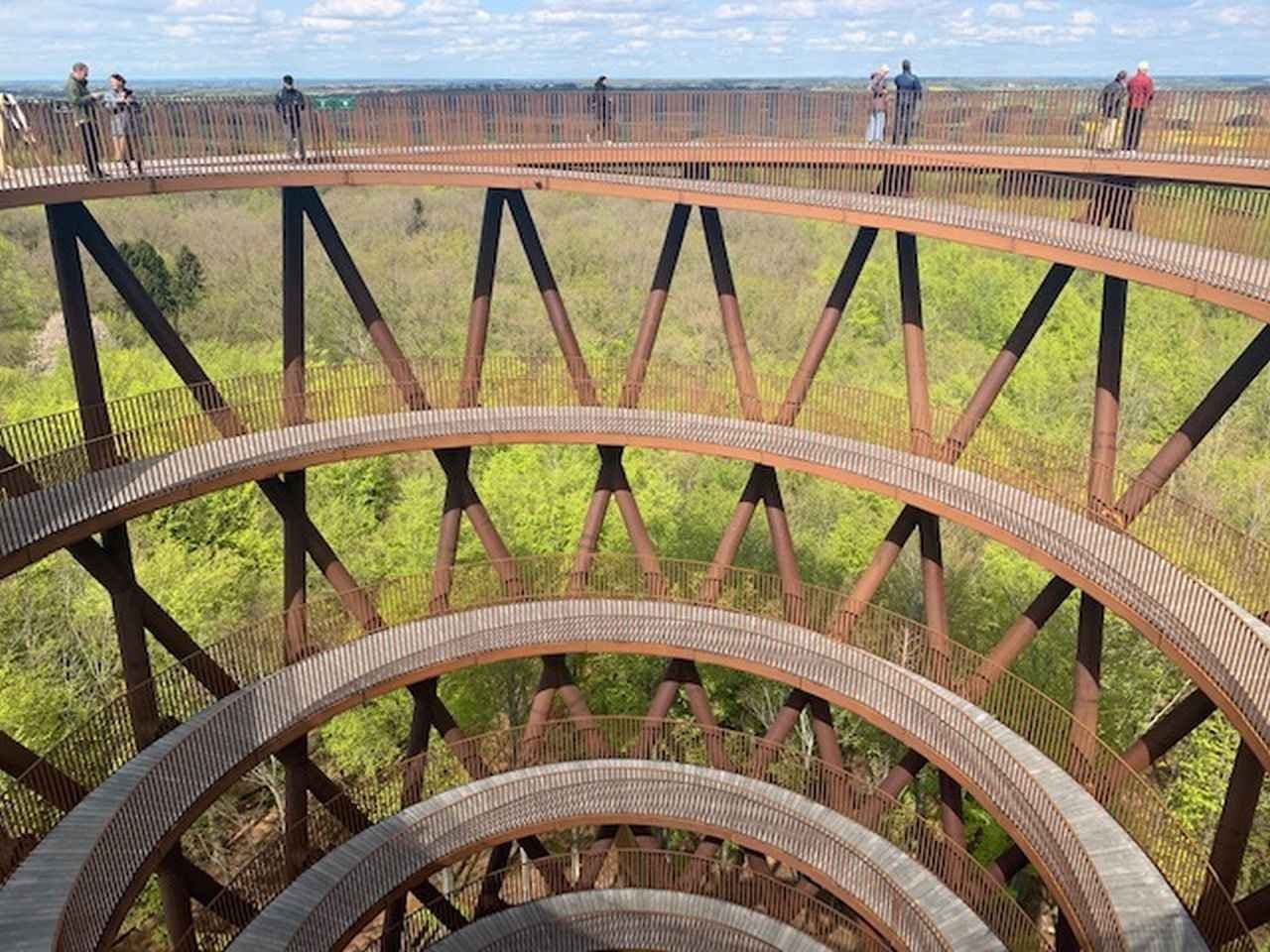
It can be a challenge to find an ecotourism destination that is also highly accessible. Camp Adventure, located about an hour south of Copenhagen, offers a delightful forest trip for people of any age or accessibility level.
The highlight of Camp Adventure is the Forest Tower, a stunning structure that rises 45 meters (147 feet) above the forest floor. On a clear day, you can see as far as Copenhagen and Sweden. But the tower lets you slowly ascend above the tree-tops, experiencing views that only birds get to experience. The tower is also an architectural masterpiece, with a spiral ramp that sits within a helix structure.
The tower sits about a kilometre inside the forest, and you follow a wooden-decked path from the parking lot. This makes the trip both wheelchair and stroller accessible, making a pleasant hike in the woods accessible to everyone. And starting in 2020 you can enjoy glamping at Camp Adventure. You can rent a yurt that is perched on a deck above a lake, offering views of both the forest and the night sky.
Camp Adventure also has a climbing park, offering ten courses for all ability levels. The park ranges from net climbs and barrel crawls to zip lines and ropes 25 meters above the forest floor. The zip line itself is the longest in Northern Europe and is a thrill for anyone who tries.
The mission of Camp Adventure is to make nature accessible to all, and they offer visitors to Copenhagen the chance to easily and memorably experience the natural beauty of Denmark.
-
Texel Island, Netherlands
Explored by Bhushavali from My Travelogue by Bhushavali

Texel Island is the paradise in Europe – no, I’m really not exaggerating. Its just 8km x 21km. Its relatively unknown and its not really very easy to reach. So yeah, it is still a paradise!!!! Shhh… It’s a secret.
Within the island, the Texel-hopper buses are zero-emission and have a unique concept. There are 2 routes, one permanent route that connects the major villages and ferry point, and another that goes into the smaller villages runs only those villages where someone calls & reserves! No energy is wasted unnecessarily at all!!!
That said, the best way to enjoy this island is definitely by bikes. Bike rentals are available as soon as you descend the ferry. Electric bikes are best if you’re not a regular biker. The island is made for cycling. It has a dedicated cycling path all over the island that extends as long as 140km!
Sheep-rearing is the main occupation of the people here and cycling through the island, you’ll spot sheep, cows, pigs, ponies, horses, ducks, swans and much more. The western & northern coast of the island is filled with marshlands and its such a rich ecosystem, filled with several types of birds, jellyfish, seals and more. It is necessary to take a guided walk through this marsh to understand this ecosystem and to do some mind-blowing bird-watching!!!!
-
Galloway & Southern Ayrshire Biosphere, Scotland
Explored by Kathi from Watch Me See
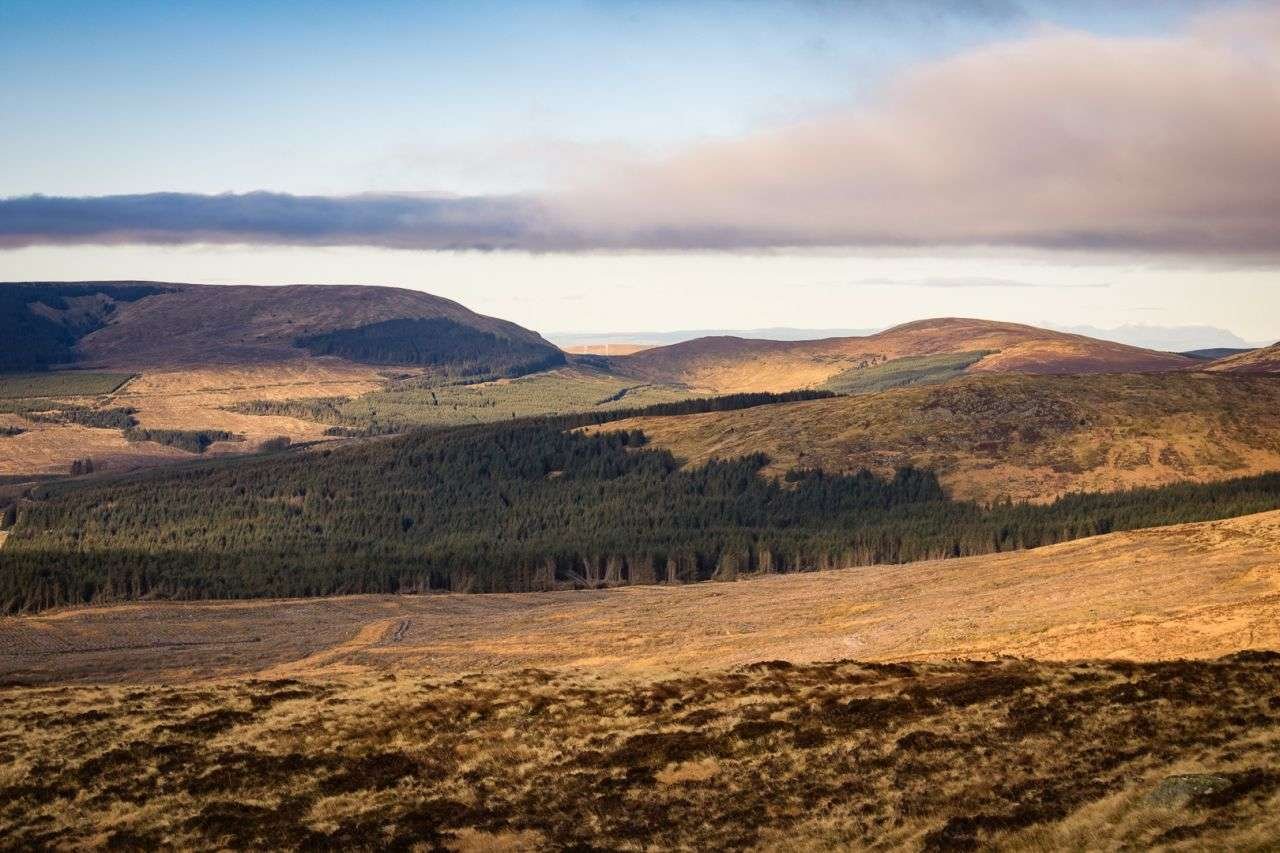
Nature is what makes Scotland so attractive! There are many nature reserves and even two national parks to discover, but one of the best places to immerse yourself in Scotland’s natural beauty in an eco-friendly way is the Galloway and Southern Ayrshire Biosphere.
Located in the south-west of Scotland, this ecotourism destination is a UNESCO-designated area that includes protected nature zones, inhabited areas and many towns. The Biosphere’s mission is to create a connection between people’s everyday life and the importance of environmental conservation. As such, it offers many opportunities for locals and visitors alike to learn about the local flora and fauna, eco-friendly activities and how to get involved in sustainable action.
The aim is to make sustainability an integral part of the economic and cultural development of the region. And spending a weekend in the Galloway & Southern Ayrshire Biosphere shows that this strategy is working!
The GSA Biosphere has trained locals to become tour guides and start their own nature-based tourism businesses. Visitors can explore the region on e-bikes, go kayaking or paddle-boarding on the pristine waters of Loch Trool, experience the dark night skies and stargaze with a Dark Sky Ranger or go on guided hikes in the Galloway Hills.
I recommend basing yourself around Glentrool and Newton Stewart to have easy access to nature activities. Driving from Edinburgh takes approx. 2.5 hours. For an eco-friendly accommodation option, check out the Creeside Escape Sheperd’s Hut with view of the Galloway Hills.
-
Driving Grossglockner High Alpine Road, Austria
Explored by Darek from DarekandGosia.com
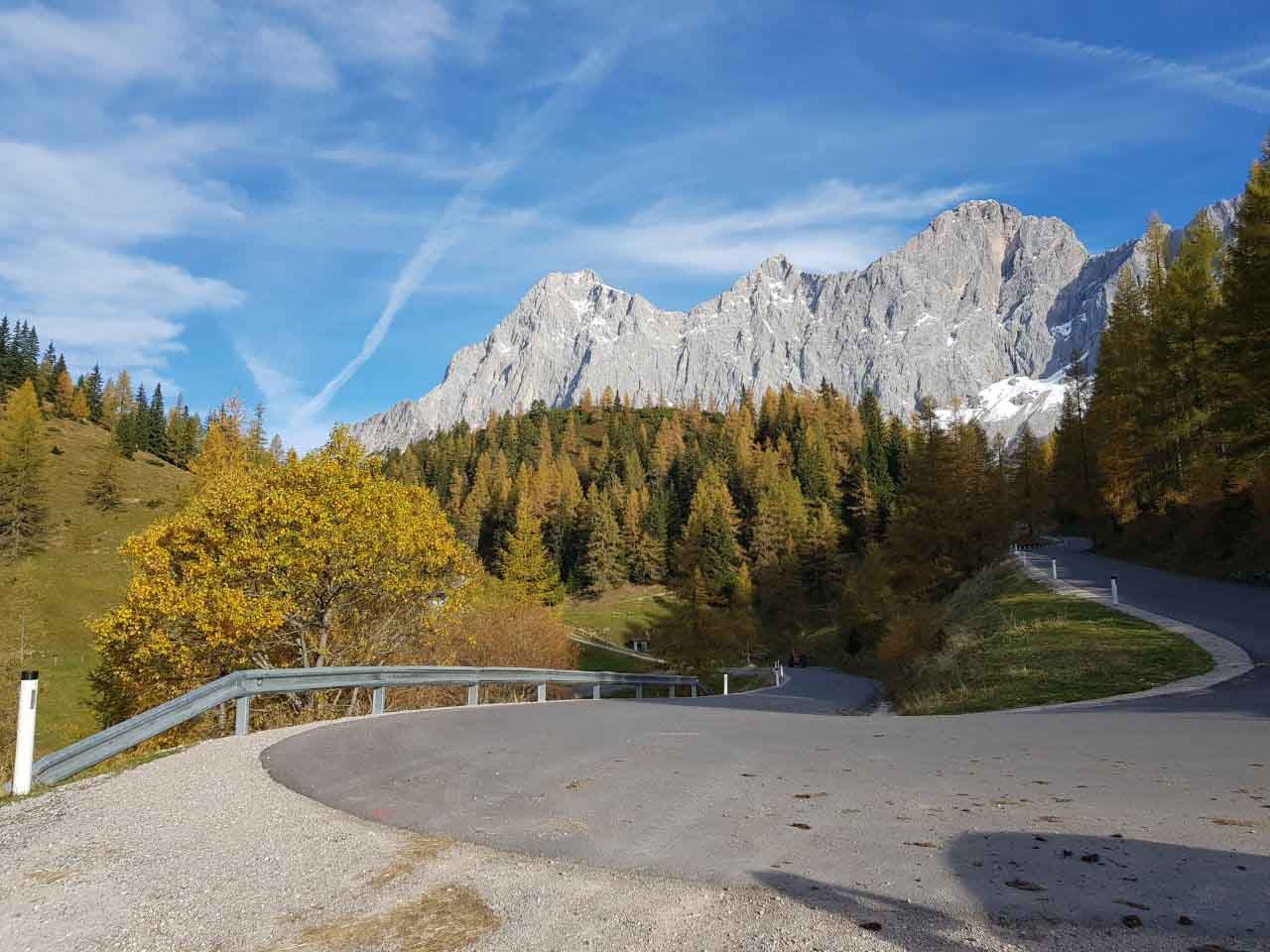
Eco-friendliness doesn’t often go together with travel. Cars and air travelling have a rather negative impact on nature and can have a catastrophic impact on our planet long term. So, what can we do promote eco-friendly and sustainable travel and is it possible at all?
We believe that small, baby-steps are the way to do that. It’s better to have 1000s of people doing small things, which help to decrease the impact on nature travel has than a few people doing big things.
When we visited Austria, we did learn exactly that – promoting eco-friendliness and showing people that it can save money too was a great approach.
Driving Grossglockner High Alpine Road in Austria is a must for every tourist spending holiday in the stunning country. There is a fee to enter the road, but the owners came up with a great idea to make it a little bit more eco-friendly. There is a lower entry fee for electric cars! They are actively promoting visitors who use electric-powered cars and explain how traditional cars are impacting nature – a brilliant way to make travel a little bit more eco-friendly.
So, when you choose the next holiday destination, try to find one or two activities which are promoting ecotourism destinations – we all can do our bit to protect this beautiful world.
Ecotourism destinations in Africa
-
Turtle Bay, Kenya
Explored by Nadine from The Expat Mummy
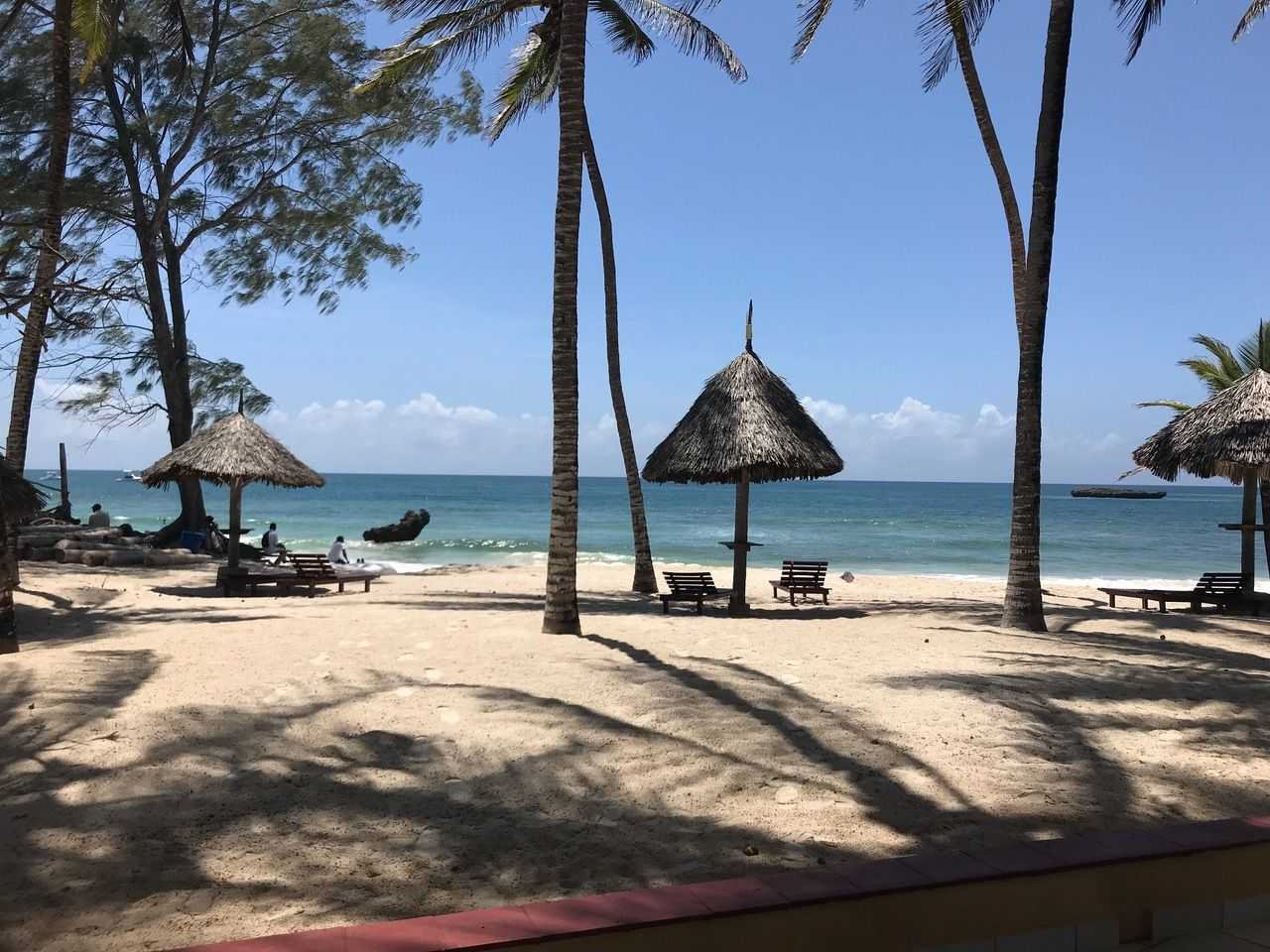
Kenya’s iridescent beaches are some of the most alluring in the world. The lukewarm waters of the Indian Ocean crash on to powder-soft sand and palm festooned beaches, it is a tropical paradise to rival anywhere in the world. But if you scratch the surface, paradise is in trouble and this is where the first Eco Hotels in Kenya are starting to make a difference.
On a bad day, some beaches in Kenya are littered with plastic rubbish; bottle tops and flip flops vying for space with shells and crabs. Kenya’s coastline is a key breeding point for turtles, and whales, sharks, dolphins, rays and all manner of tropical ocean life traverse our shores. Keeping our beaches and oceans clean is of paramount importance.
Turtle Bay Beach Resort has a prime spot on one of the best beaches in Kenya, Watamu. and it has been graded an eco-hotel. They work alongside Watamu Turtle Watch to actively protect nesting turtles in Watamu. In collaboration the patrol the beach to safeguard nests, rescue and rehabilitate turtles, and work to educate local fisherman.
Turtle Bay strives to make every aspect of their hotels eco-friendly, from the water they use and how they sewerage it, to the materials they buy for renovations and the product they buy for their kitchens. Turtle Bay uses mostly renewable materials, buys local, and reuse and recycle where they can. They run an active community programme for educating local people; areas covered include sustainable crops to grow, conservation, renewable materials and energy sources.
Turtle Bay is just one of a number of Kenyan hotels that give back to the community and consciously work to keep their pristine environment alive. If you fancy visiting Kenya then I can highly recommend a few, all of which are in prime spots along the coast – Sands at Nomads and Maji Beach.
The Kenyan coast in a 60-minute flight, 6-hour train journey or 9-hour car journey from the Kenyan capital of Nairobi. Alternatively, you can fly into Mombasa.
-
Ankazoberavina, Madagascar
Explored by Linn from Brainy Backpackers

Ankazoberavina is a tiny eco jewel in the Indian Ocean, only an hour’s boat ride from the touristy island, Nosy Be, north-west of Madagascar mainland. The paradisiac island is privately owned and houses a sole luxury eco-resort. There are two packs of lemurs living on Ankazoberavina which will start lurking around the dinner table as soon as the fruit comes out for dessert. A couple of these lemurs have been saved from unethical animal tourism activities by the owner, Max. They totally adore him, and if you are lucky, they will come to sit on your lap too. But only on their own premises, as they are wild (but used to humans due to their past) animals and live freely in the island’s wild jungle together with the other animals.
Though the island is tiny, there are plenty of activities for those who want more than chilling on the beach with a good travel book. You can snorkel with green turtles straight off the beach. In the right season, you can spot tiny baby sharks taking refuge in the mangroves or baby turtles hatch on the beach. Both Max and his staff are highly educated on the wildlife on the island and assure that no humans interfere in their natural behavior. Other than a couple of jungle walks and natural pools, you can join snorkeling trips to nearby islands, scuba diving, whale watching and even snorkeling with whale sharks at the right time a year.
-
Lamu, Kenya
Explored by Lisanne from Africa Originals
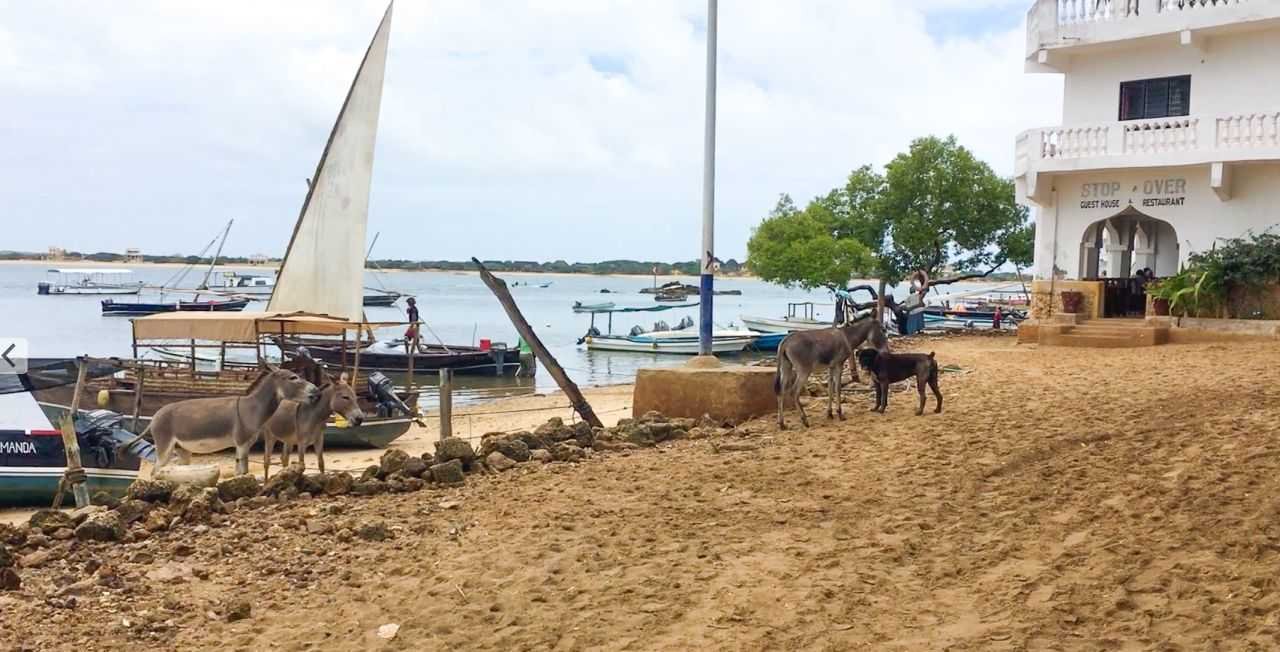
Lamu, a small Swahili coastal town in Kenya, is a UNESCO World Heritage site that you shouldn’t miss when visiting Kenya. Lamu’s architecture is one of the oldest and best-preserved in east Africa.
No motorized vehicles are allowed in the old town; fast and heavy transportation is done by the many donkeys you’ll find standing around. This makes it the perfect place to discover by foot, just walk around and soak in Lamu’s rich culture. If you get tired, find a waterfront restaurant with seating upstairs, watch the hustle and bustle in the port while you enjoy some typical Swahili dishes.
While you’re in town, visit the Lamu Museum and learn about its history, or visit the old Lamu Fort. For relaxation, spend a day on the 12 km long Shela Beach, you can get there by foot or take a water taxi from Lamu. As the day comes to an end, treat yourself to a magical dhow sailing tour at sunset. These are just a few of the many things you can do.
The easiest way to get to Lamu from Nairobi is by plane. There are direct 1-hour flights and indirect flights with a stopover in Mombasa. The airport is situated on Manda Island, a short boat ride away from Lamu town.
Sleep in style by renting an apartment in the old town. It’s easy and very affordable to find a local chef to prepare the freshest and most authentic Swahili dishes for you.
-
Livingstonia, Malawi
Explored by Wendy Werneth of The Nomadic Vegan
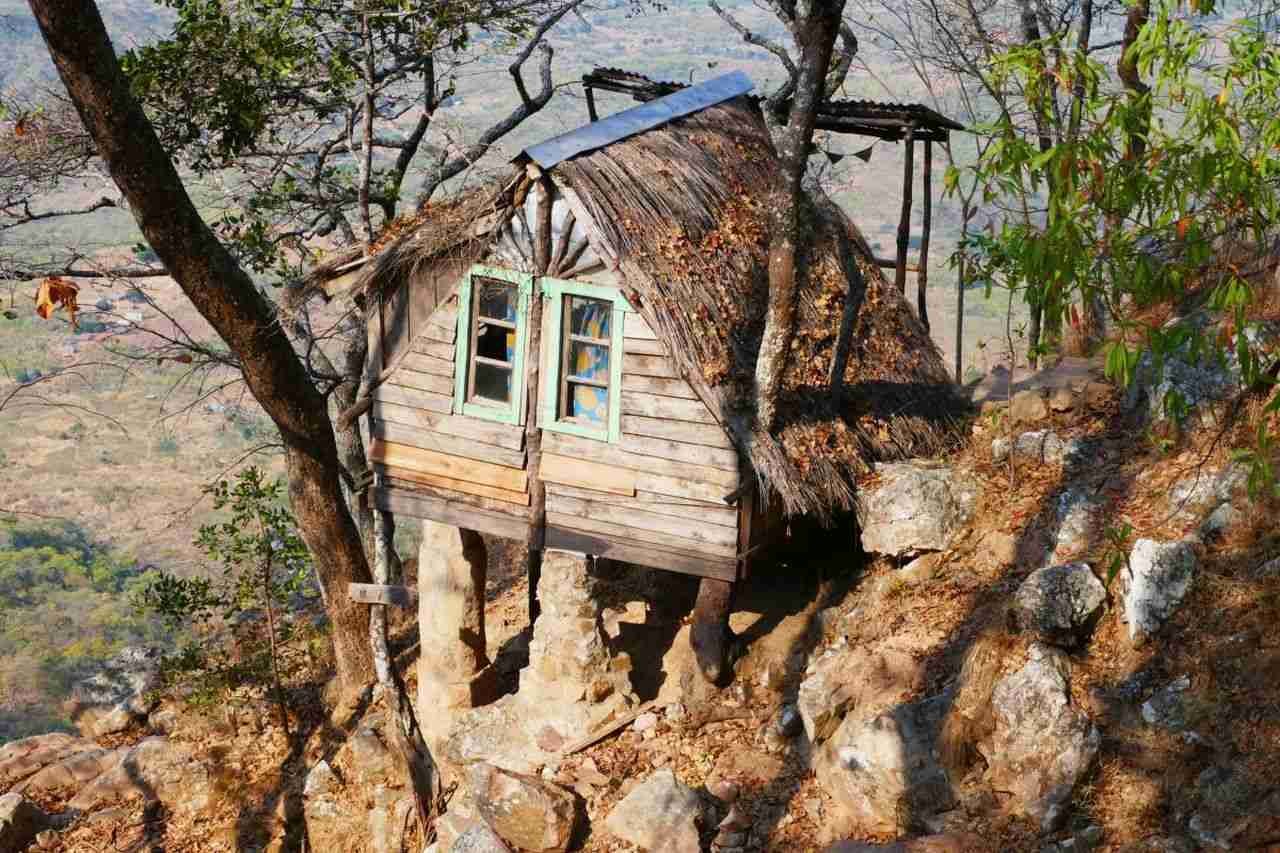
Perched high above Lake Malawi and the Rift Valley Escarpment lies the historic town of Livingstonia. Originally known as Kondowe village, the settlement was reformed into a town by Scottish missionaries in the late 19th century. They established a university, a technical college and a hospital, all of which still function today and offer a much higher level of service that what is generally available in towns of this size in Malawi.
Grassroots, community-based tourism has developed here in recent years. Since Livingstonia is rather remote and the only road into town is in terrible shape, a stay here appeals mostly to young backpackers who don’t require too much luxury. The best of the accommodation options is probably the Mushroom Farm Eco-Lodge. It’s completely off-grid and offers a variety of affordable options, including safari tents, A-frame huts and one cosy treehouse. The attached restaurant is fully vegetarian and serves a delicious mix of international and Malawian cuisine.
A portion of the revenue from the eco-lodge is invested in community projects, including a kindergarten for local children and an adult literacy program. The lodge also trains young men from the area to work as tour guides, taking guests to nearby attractions such as the Chombe Plateau and the Manchewe waterfalls and caves. Manchewe, just two kilometres from the eco-lodge, is the tallest waterfall in the country. The head chef at the lodge, who is also a self-taught electrician, is working on a project to provide free electricity to Livingstonia by setting up a hydro-powered generator at the base of the falls.
-
Nuarro Lodge, Mozambique
Explored by Joss from Little Green Globetrotter
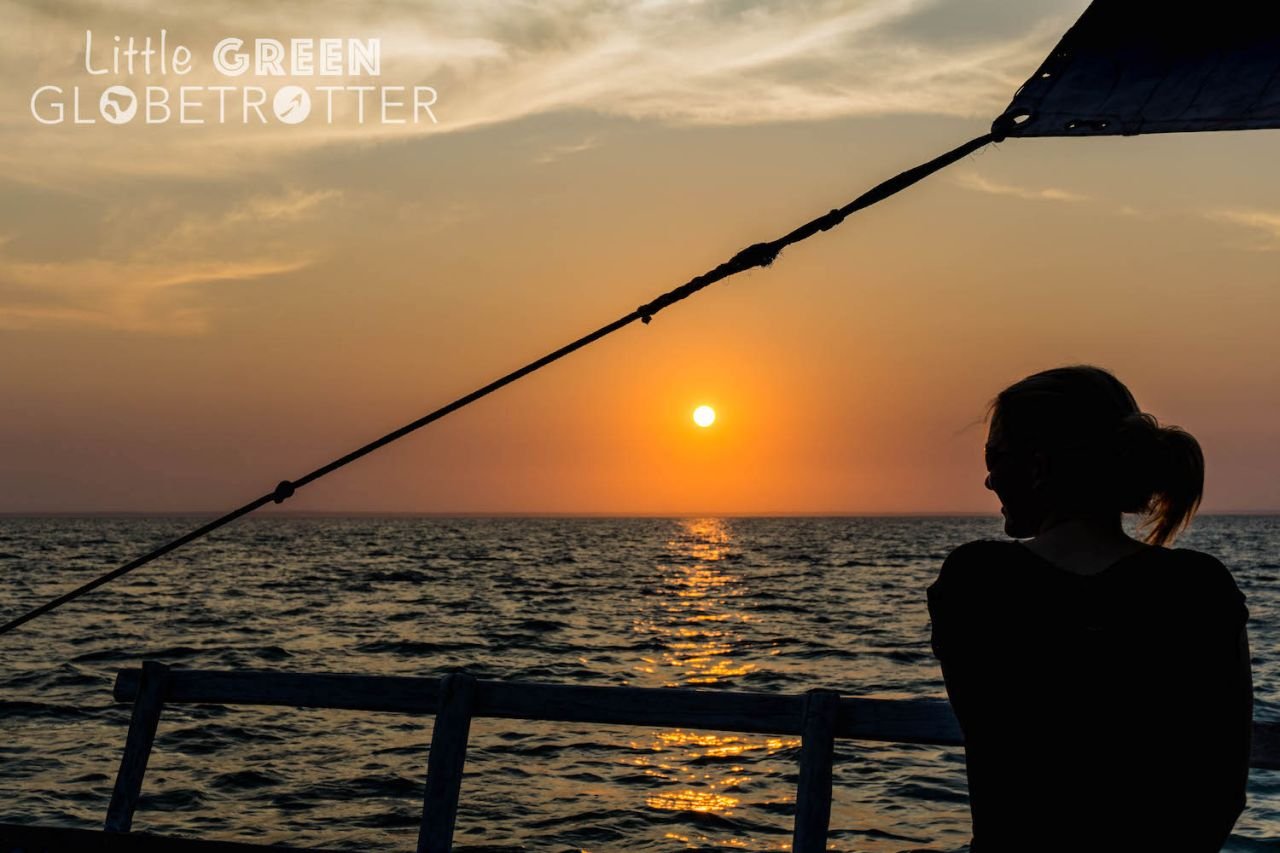
Nuarro Lodge, located on the Nanatha bay in Mozambique, is perfect for those looking for an eco-friendly travel destination. They offer accommodation for a range of budgets and meals are local, fresh and delicious. Nuarro generates all its own electricity and clean water with renewable energy, it was built with sustainability and environmental impact in mind, it employs local staff and part of all the room and activity rates go to the local community. The owners also set up a charity to fund projects for the community, including the building and provision of a local school, medical centre and community centre.
Tourists can take an insightful cultural tour of the village, including the school and mosque, with a local member of staff to learn more about life here. There is a huge amount on this stunning stretch of Mozambique’s coast to enjoy!
The clear waters and nearby reef make for spectacular diving and snorkelling; sports enthusiasts can wake up to beach-side yoga and try kayaking, paddle boarding, and mountain biking; wildlife lovers will enjoy bird watching, bush drives and whale watching with knowledgeable guides (between the months of July and November pregnant humpbacks come here to birth their calves); and those looking to relax will enjoy a massage, setting sail in a traditional dhow, and soaking up the natural beauty of the area from the comfortable beach bar lounge. If you’re planning on travelling in Mozambique, make sure Nuarro is on your itinerary.
Ecotourism destinations in North America
-
Big Island, Hawaii
Explored by Noel from This Hawaii Life
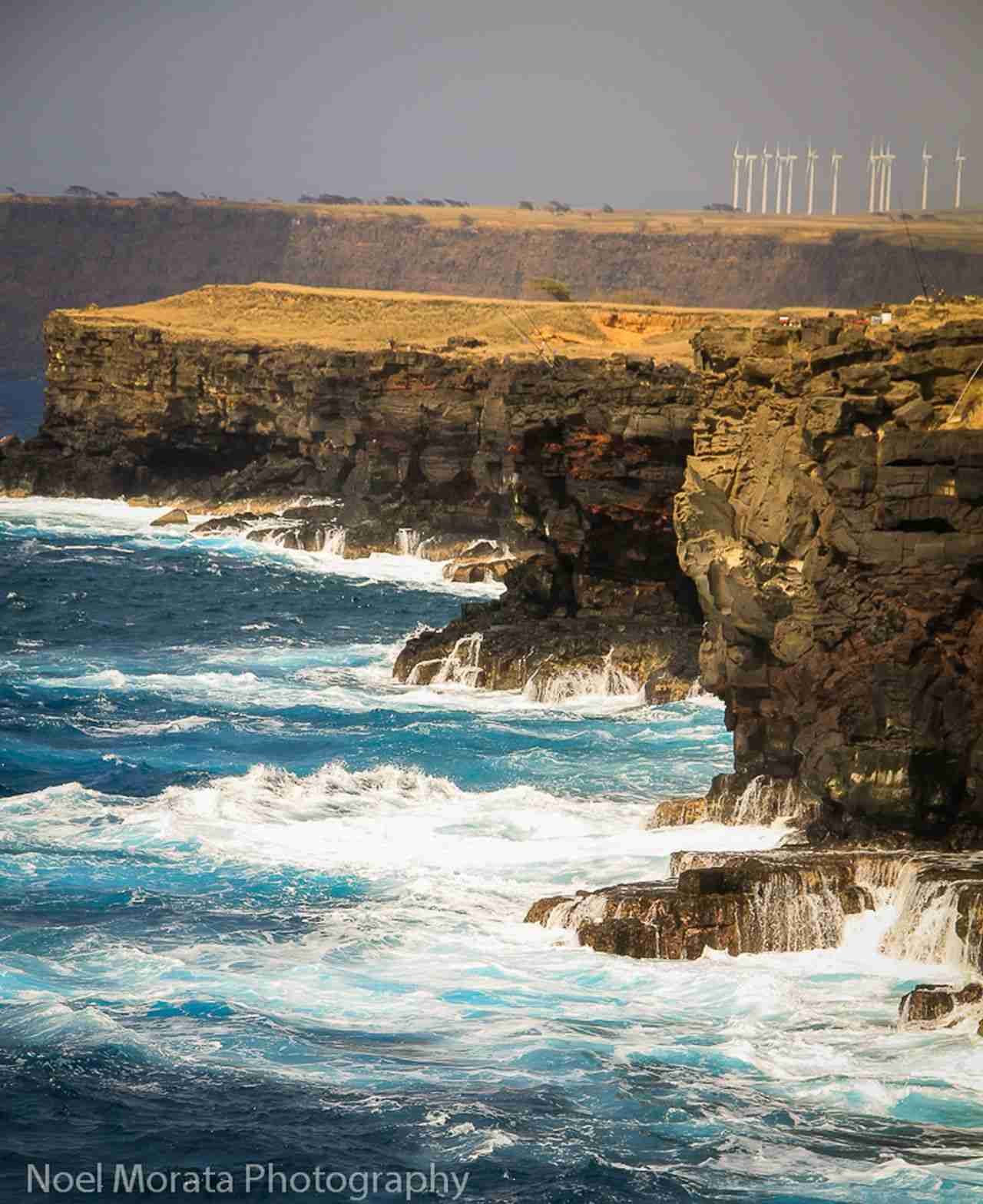
Visiting the Big Island of Hawaii is one of the best ecotourism destinations you can travel for a sustainable vacation and feel good about your footprint on the island. There are many local initiatives that help to make the Big island and eco-friendly destination starting with a ban on plastic bags throughout the island with many residents re-using their own bags for shopping credit. There is a focus on eco-tourism around the island to include nature tours and hikes, soft tourism, a focus on agricultural tourism like coffee, macadamia and cacao farms all across the island and even adventure tours that encompass light impact activities like hiking, biking, snorkelling, surfing, kayaking and a variety of other water sports. You can even DIY your own tours to historic and cultural sites like Hawaii Volcanoes National Park, the Place of Refuge or Honaunau and other national parks like Kalohko-Honokohau National Historical Park or Pu’ukohola Heiau National Historic Site.
The Big Island also is one of the first locations worldwide putting a ban on sunscreen that is high on oxybenzone which is toxic to tropical fish and coral reefs. This ban will take effect at the beginning of 2021. Meanwhile, the island also relies on alternative energy like solar panels and solar water heaters, Geothermal, biomass plants for gas and studies on wave energy and thermal energy for future alternative energy on the island. So plan a visit soon and know that residents and visitors alike can benefit from tourism in ecofriendly fashion.
-
Mount Engadine Lodge, Canada
Explored by Annika Mang from Born to be Adventurous
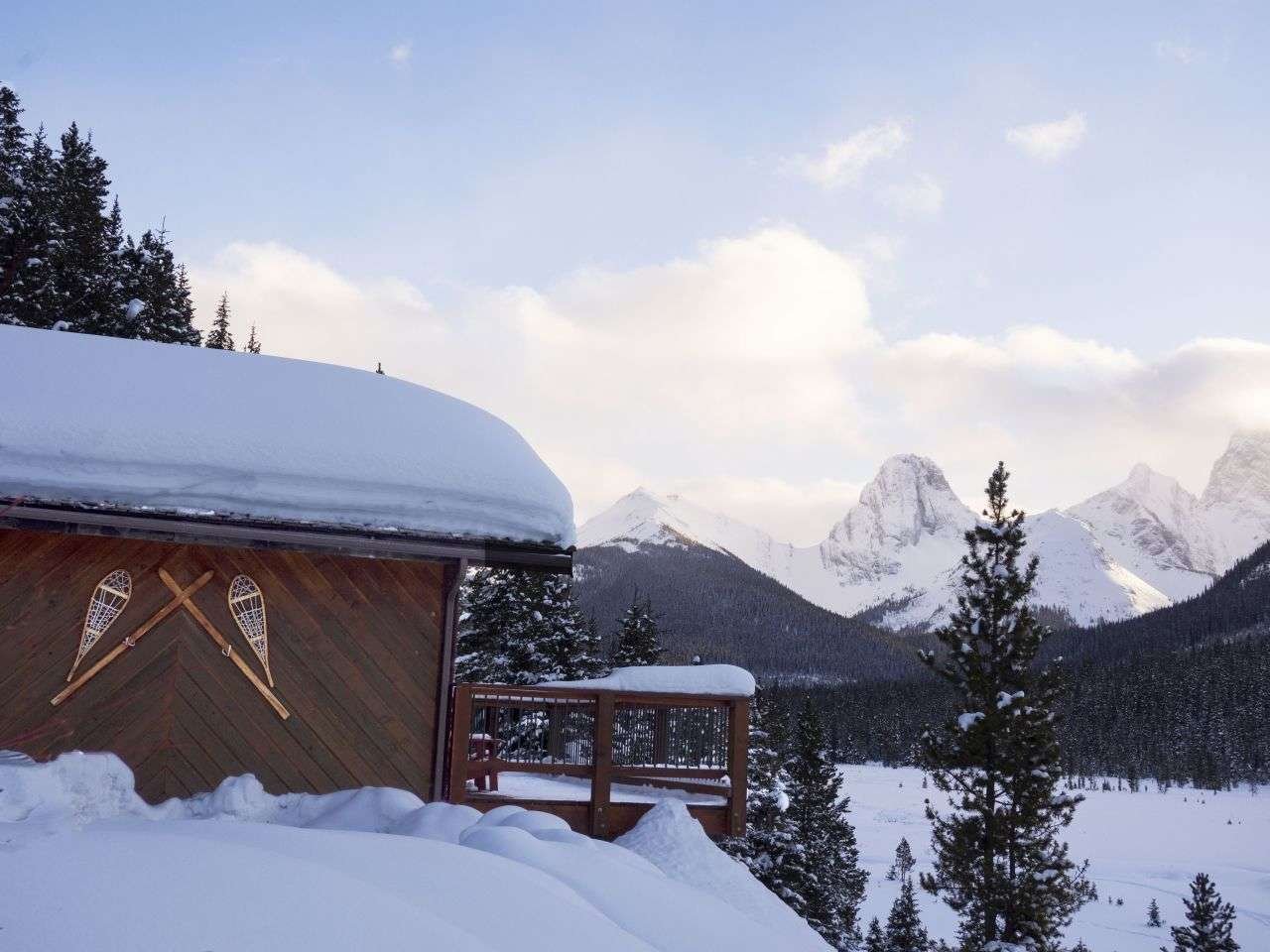
Mount Engadine Lodge is an all-inclusive accommodation tucked in amongst the mountains in the Canadian Rockies. Further away from the crowds in Banff and Canmore, it has been named one of the top hidden gems in Canada and for good reason. The vistas are incredible, the food is delicious, and there is no shortage of adventure and relaxation. There is a sauna onsite, hiking and biking trails nearby, and snowshoe and cross-country ski trails in the winter. Wildlife can often be viewed from the lodge as the meadow is a natural animal corridor.
They boast a variety of accommodation options and prices from luxurious cabins, rooms in the lodge, glamping tents, and a more rustic yurt camping option. They have partnered with an all-natural company to outfit their accommodations with comforters, linens, towels, and toiletries from the local company Rocky Mountain Soap Company. To improve their ecological footprint, they are part of the Ecostay Reforestation program.
Included in each of the accommodation options are breakfast, a packed lunch, an afternoon tea, and dinner. Locally sourced when possible, the breakfast and dinner are done family style and the afternoon tea is served from 2:00-5:00 pm. The afternoon tea features their famous charcuterie and a delicious dessert.
-
White Sands National Park, New Mexico
Explored by Margherita from The Crowded Planet
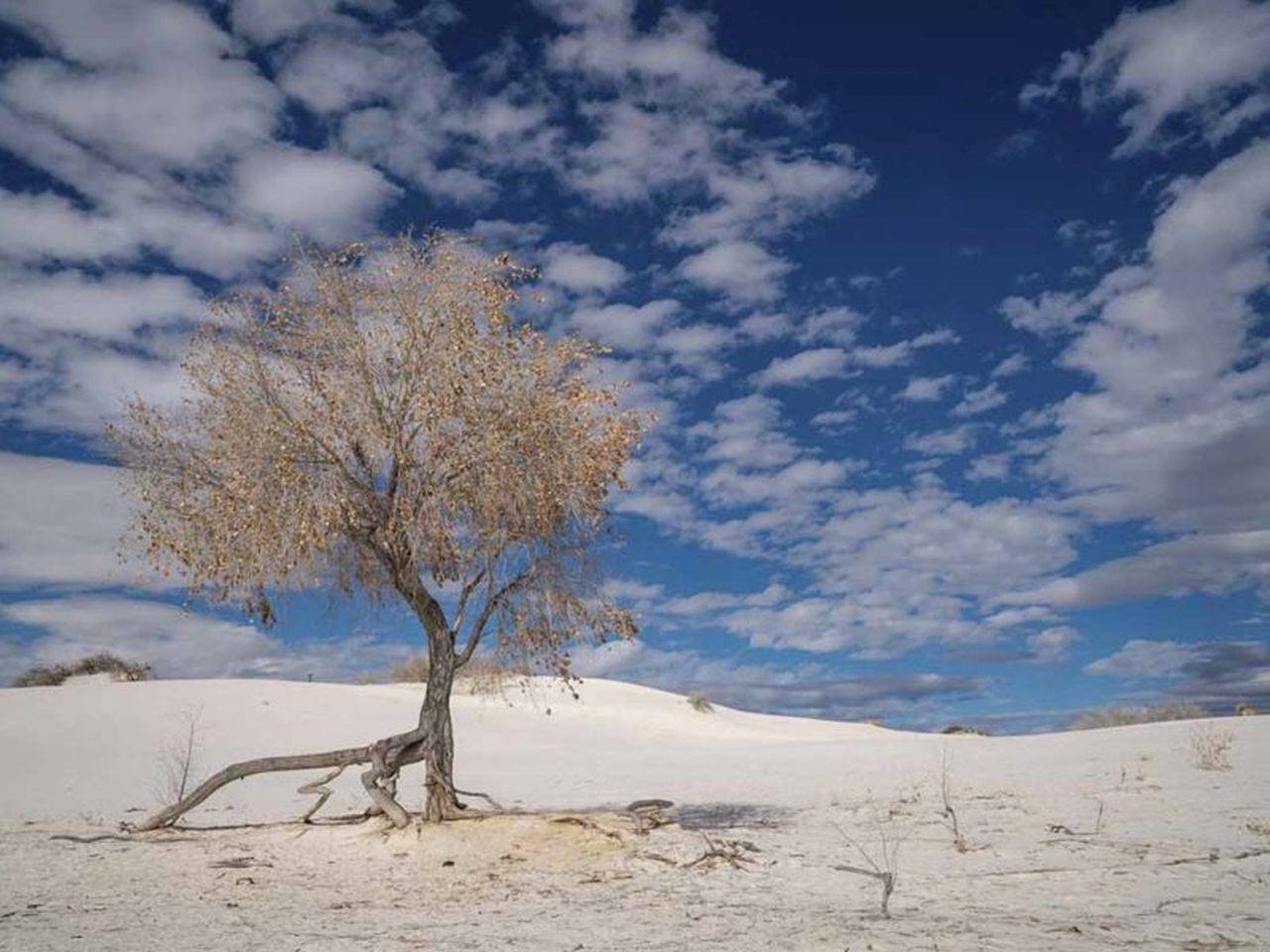
White Sands is the most recent national park in New Mexico, having been established in December 2019. For this reason, and also considering the fact that it’s in a very remote location in southern NM, it’s far from being overrun with tourists – visit in the offseason, and you may very well have the place to yourself!
The park is famous for its stunning, blindingly-white gypsum sand dunes, the last remnant of an ancient sea that used to cover this part of North America. Things to do in White Sands include hiking along marked trails between the dunes – trails range in distance from less than one mile to 5 miles, and some of the shorter trails also include boards with info about the white dunes and the surrounding Chihuahuan desert.
However, those who really want to escape from it all and immerse themselves in the white sands environment should definitely consider spending one-night backcountry camping. To do so, it’s necessary to head to the visitor centre to get a permit – then, you can drive to the Backcountry Camping trailhead, pack your gear, and head off. The trail is about 2 miles long – you’ll be issued a permit for a specific site, but you may have to hike for a bit to reach it. The upside is that you’ll be spending a wonderful night under a magical starry sky – and more than likely, there will be no one else in sight.
The campsites have no facilities, so make sure you leave no trace when you pack up in the morning, to preserve the beauty of this wonderful, unspoiled place.
-
Belize eco-lodge stay, Belize
Explored by Melissa from Parenthood and Passports
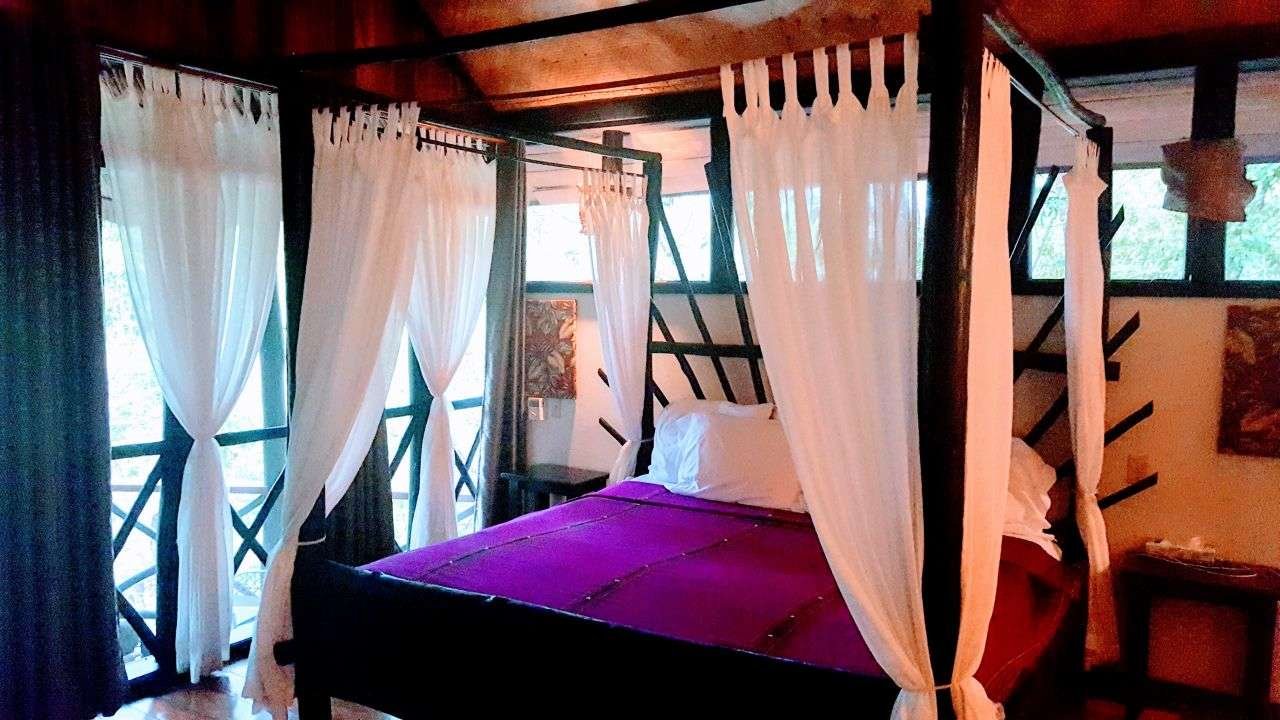
Western Belize is a great destination for people looking for a low-key, eco-friendly vacation. The region, known as the Cayo District, is home to numerous eco-lodges in the jungles surrounding the small town of San Ignacio. In fact, staying in an eco-lodge is one of the most popular things to do around San Ignacio. These jungle lodges are perfect places to relax in a sustainable yet luxurious way. For a dreamy escape, Table Rock Jungle Lodge offers impressive amenities without the carbon footprint that many hotels and resorts create. To be mindful of the environment, each individual cabana utilizes commercialized fans powered by solar energy for cooling. Electricity and WiFi are also limited on the property, so it’s the perfect opportunity to unwind and escape the busyness of everyday life. Much of the food prepared at the restaurant at the lodge is grown on the property and the water from the faucet used for washing is collected rain water. There is so much to do on-site, like tubing and canoeing on the Macal River, hiking the grounds at the lodge, or exploring the orchards on the property, you’ll have plenty to do to keep you entertained.
Ecotourism destinations in South America
-
Chapada Diamantina, Brazil
Explored by Mario from Rest & Recuperation
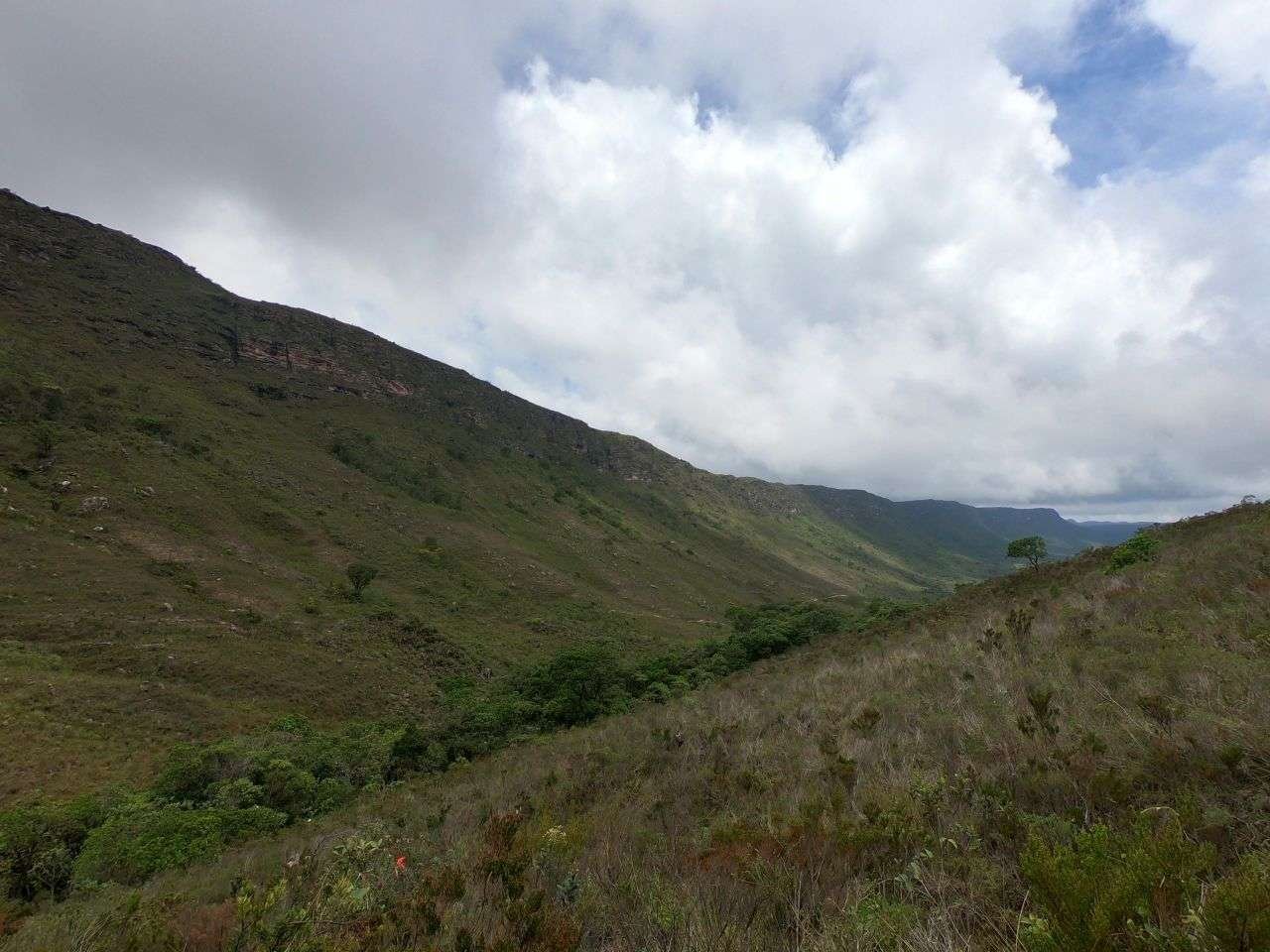
There is a place that I recently visited that made me love nature even more: the Chapada Diamantina in Brazil.
A Chapada in Portuguese is a highland. In this case, almost as big as Switzerland, located in the heart of Bahia State. This Chapada is called Diamantina because the area was rich in diamonds. Luckily, from the environment’s point of view, miners are no longer spoiling the mountains to find the precious stones. After a period of intense coffee production, nowadays the Chapada Diamantina is preserved as a niche tourist destination.
The starting point for every excursion in the area is the town of Lençois, where all miners used to begin their journey in the past. This beautiful village is at the very entrance of the highland and has some great and happy vibes that only a Brazilian tourist destination can have.
Stay at Odara Hostel and let the restaurants on the main street inspire you. If you are undecided, go for Lampiao, always a good choice.
In Lençois you will find all the offices of the companies organising what is the main activity in the Chapada Diamantina: trekking. My suggestion is to try one of the multi-day hikes in Vale do Pati. Four days are enough to see all the most beautiful natural wonders in the valley while staying at locals’ houses and eating their great food will be a once in a lifetime experience.
-
Uvita, Costa Rica
Explored by Lora Pope from Explore With Lora
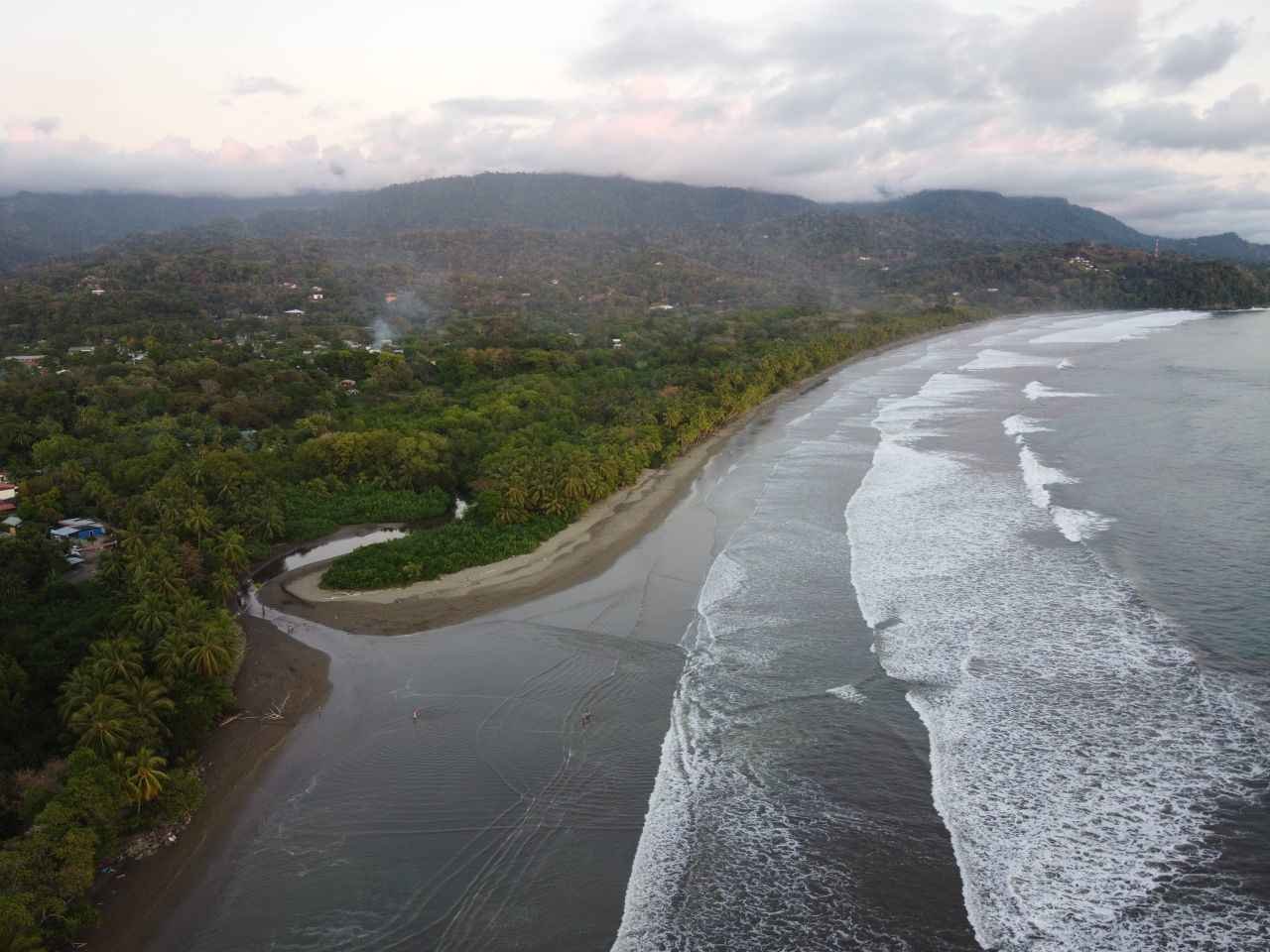
Costa Rica is one of the best ecotourism destinations in the world. It has many national sustainability policies and has made ecotourism a priority. One of the best places to visit in Costa Rica that exemplifies this is the laid-back town of Uvita.
Uvita is on the Pacific Coast of Costa Rica, just an hour south of Manual Antonio on a well-paved highway. The main beach in Uvita is in a protected park – Ballena Marine National Park. It’s a marine park, where thousands of humpback whales migrate every year. It’s also a fantastic place to go surfing and diving. All the tour operators in the area are passionate about conservation and protecting the area for future generations. While diving with a local shop called Mad about Diving, I learned that they had started a nonprofit coral restoration association to reestablish corals in the area.
There are several places to stay in Uvita, but if you’re looking for a budget-friendly option in town, check out Karandi hostel. It has a beautiful outdoor garden with many herbs that guests are welcome to use for cooking. If you want to eat out, Sabor Espanol is an excellent Spanish style restaurant with locally sourced seafood. For a quick option after the beach, try El Hornito for delicious Argentinan style empanadas.
-
Guyana
Explored by Steph from Worldly Adventurer
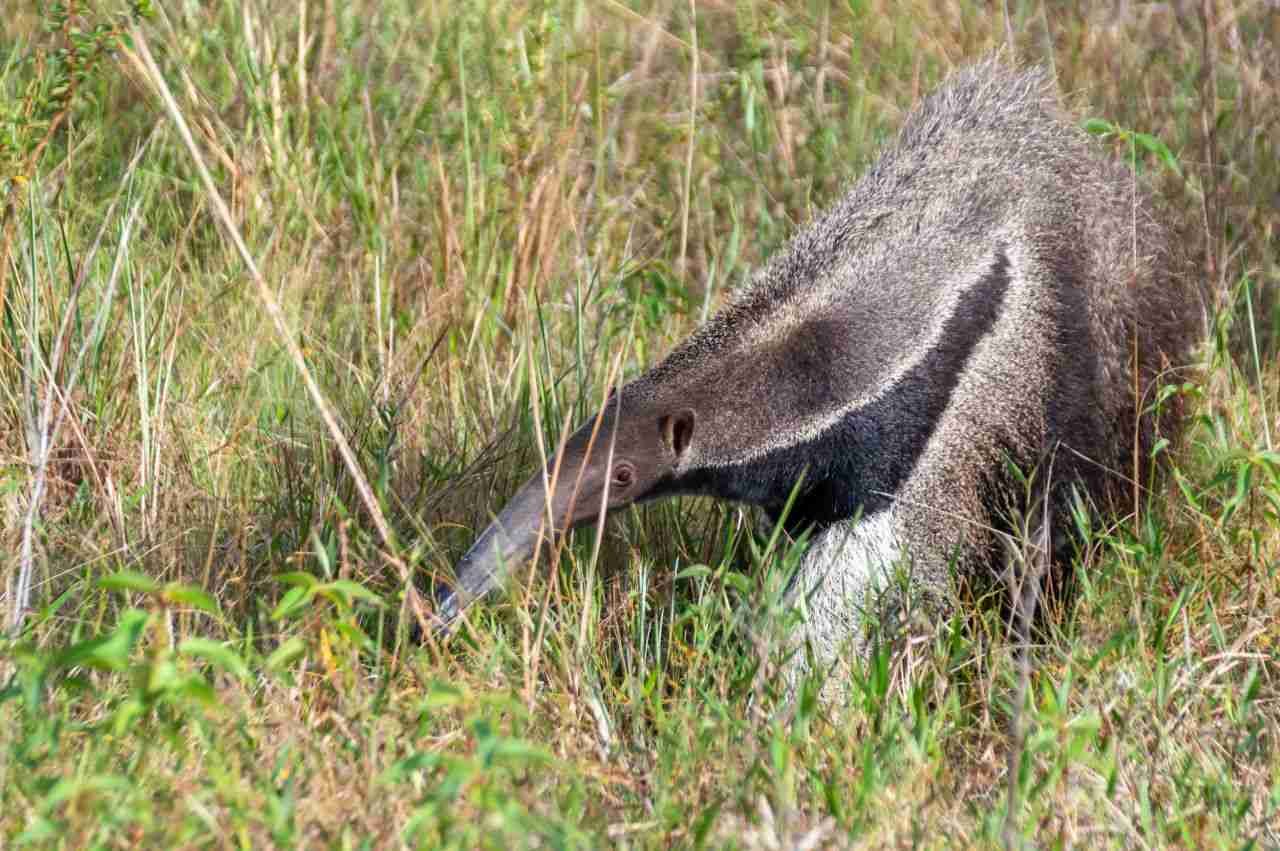
Guyana isn’t exactly a South American country with much name recognition. But it’s a great ecotourism destination with eco-friendly lodges and remarkable wildlife.
While much of the country is covered in pristine jungle, the Rupununi region in the far south is where the rainforest stops and huge stretches of grassland begin. Here, practically all of the remote scattering of lodgings is committed to sustainable, eco-friendly tourism, with a large focus on protecting the endemic wildlife.
One of the best is Karanambu Lodge. The owners have spent the past half a century working to rehabilitate giant river otters, which have historically been caught and turned into pets – or used for their pelts. If you’re lucky, they might have one on-site, which you can watch being taken down to the river for its breakfast.
But it’s not just the otters that make Karanambu one of Guyana’s unmissable tourist attractions. It’s also a location known for another large and breath-taking creature: the giant anteater. During our visit, we headed out into the grassy plains and followed a local cowboy out on foot to a grassy mound where an anteater, some two metres in length, slumbered in the shade.
Luckily for him – and us, Karanambu’s sizeable private reserve ensures that they remain protected and able to be appreciated by tourists for many years to come.
-
Humpback Whale Watching and Near Deserted Beaches in Nuquí, Colombia
Contributed by Adam McConnaughhay from CartagenaExplorer.com
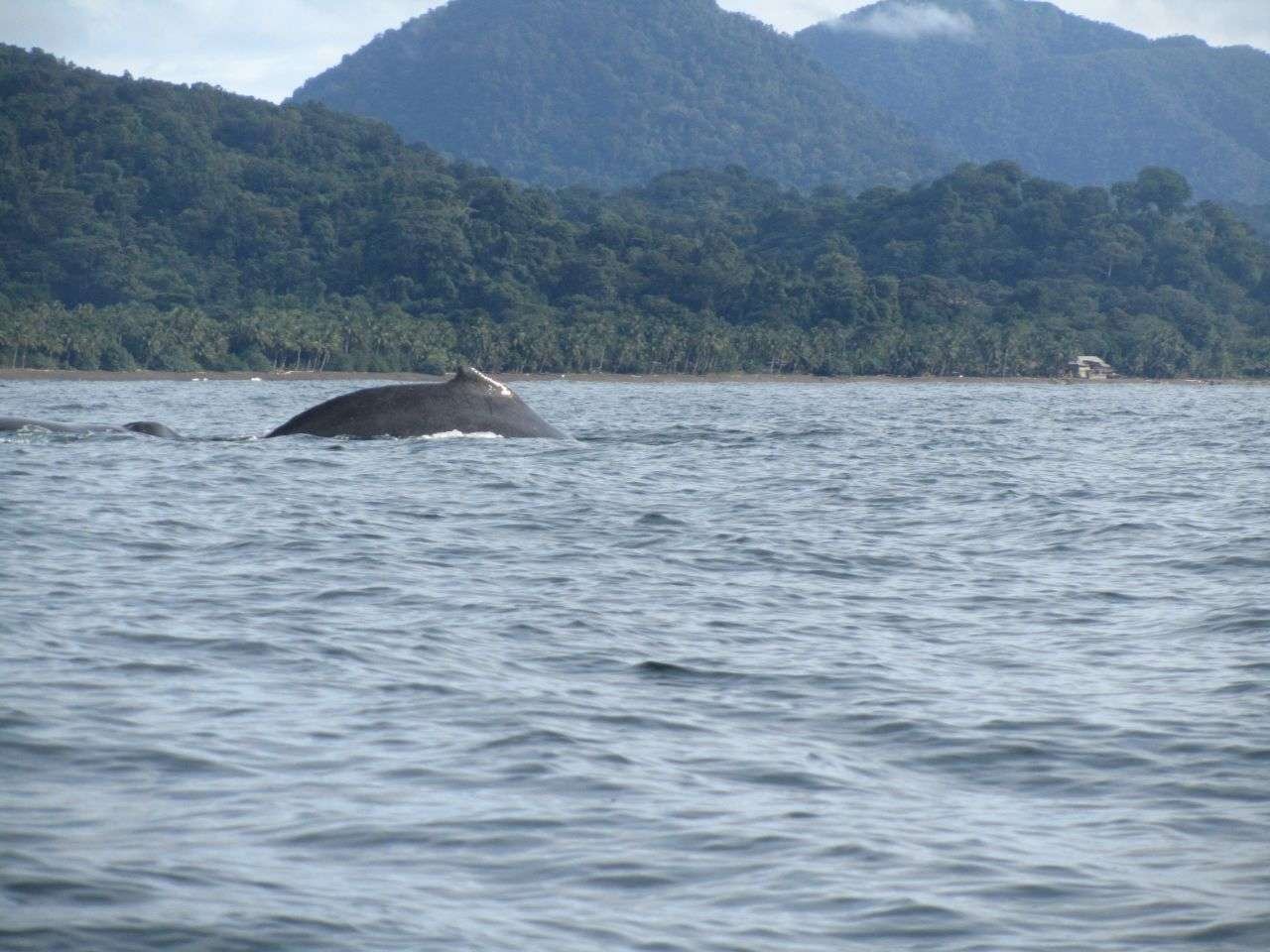
One of the few countries in the world with coasts on two oceans, Colombia is also among the countries with the highest biodiversity in the world. From the stunning Chicamocha canyon, to the Amazon rainforest, to the lush mountain jungle and waterfalls of the town of Minca, it has no shortage of ecofriendly travel destinations.
However, probably the neatest ecotourism destination I have visited here in Colombia is the area around the little town of Nuquí on the Pacific Coast. The area is most well known as a place to go whale watching. Every year from June to October, humpback whales migrate to the warmer waters to mate and give birth.
Even if you can’t make it during whale season, Nuquí is worth a visit. The nearby Guachalito Beach is beautiful. I saw maybe 3 people all day along the long stretch of beach. You can also hike to nearby waterfalls and visit the nearby Utría National Park.
The area is very remote, one of the reasons why it’s such a great ecotourism destination. You can arrive on charter flights out of Medellín before taking a boat out to one of the Eco hostels and lodges outside of town. I stayed at Piedra Piedra, located on a rock just above the beach, but La Joviseña is another popular option and El Cantillo offers a more higher-end experience.
Other than these small eco-lodges there isn’t much else, but you’ll get some excellent fresh fish for your meals and have lots of time to enjoy the tranquillity of being away from it all. That makes it undoubtedly a great eco-friendly travel destination.
Ecotourism destinations in Oceania
-
Coral Gardening at Barefoot Manta, Fiji
Contributed by Josh Shephard from The Lost Passport
Around the world coral reefs are bleaching and dying at an alarming rate due to ocean water temperature rise. While most of the world seems to stand back and watch it occur, some are taking action into their own hands.
A small team of marine biologists at Barefoot Manta Resort in Fiji’s Yasawa Islands have been focusing their efforts on coral gardening for the past few years. A reef that was not only impacted by temperature rise but demolished by a massive tropical cyclone, has seen a full recovery. What was once almost a coral graveyard has been returned to a self-declared sanctuary for marine life, home to one of Fiji’s diverse ranges of native fish species and a healthy population of majestic Manta Rays.
Barefoot Manta is located on Drawaqa Island in Fiji’s Yasawa Islands region. It is about 3 hours north of Nadi and can be easily reached by the Yasawa Flyer, an island-hopping purpose-built catamaran which runs a daily loop throughout the islands.
Barefoot Manta Resort is the only accommodation on the island. There are dorm rooms for budget-conscious backpackers, basic private bungalows in the mid-range, and glamping beachfront tents for those comfort-seeking flashpackers.
How many of these have you visited? I am sure there are many more beautiful and incredible ecotourism destinations around the world. Do let us know about the favourite eco-friendly travel vacation you had in comments below.
Pin it for a later read!



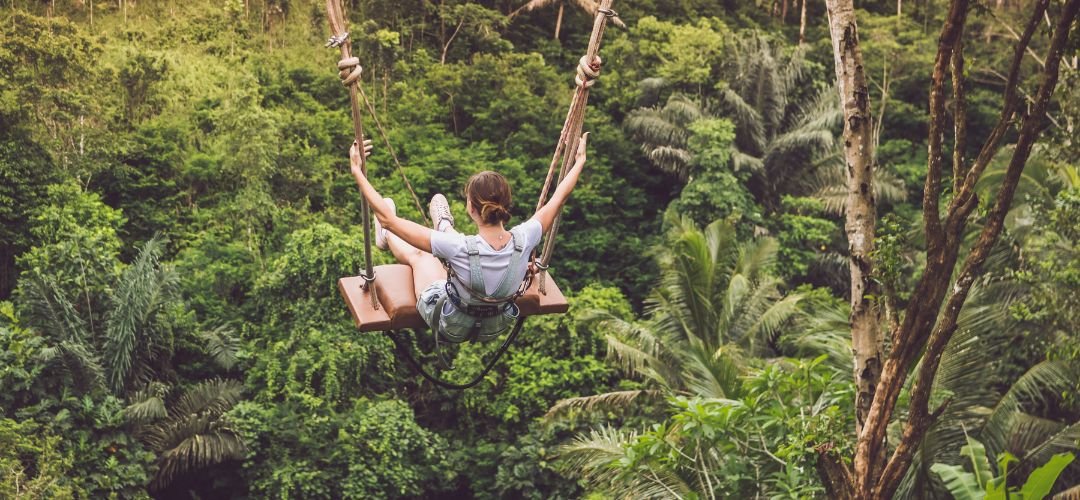

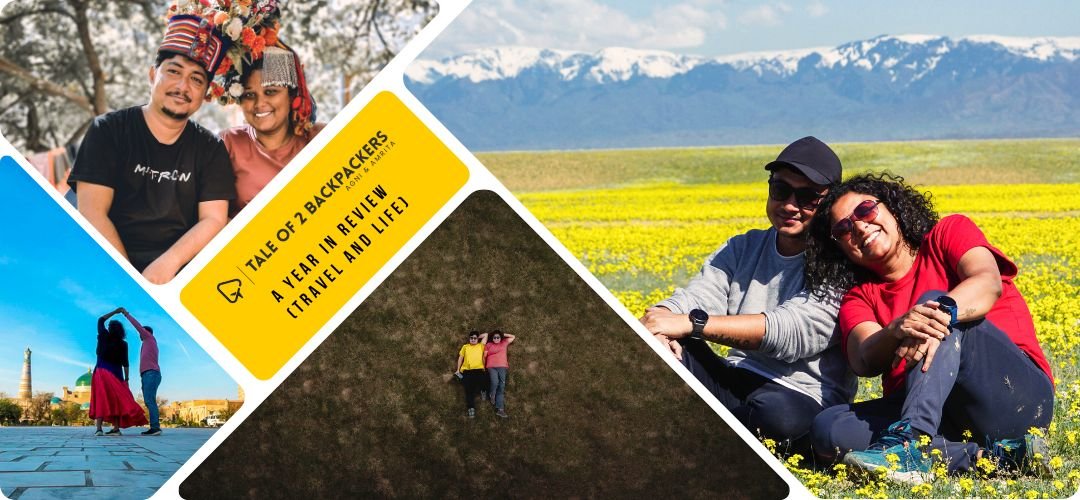

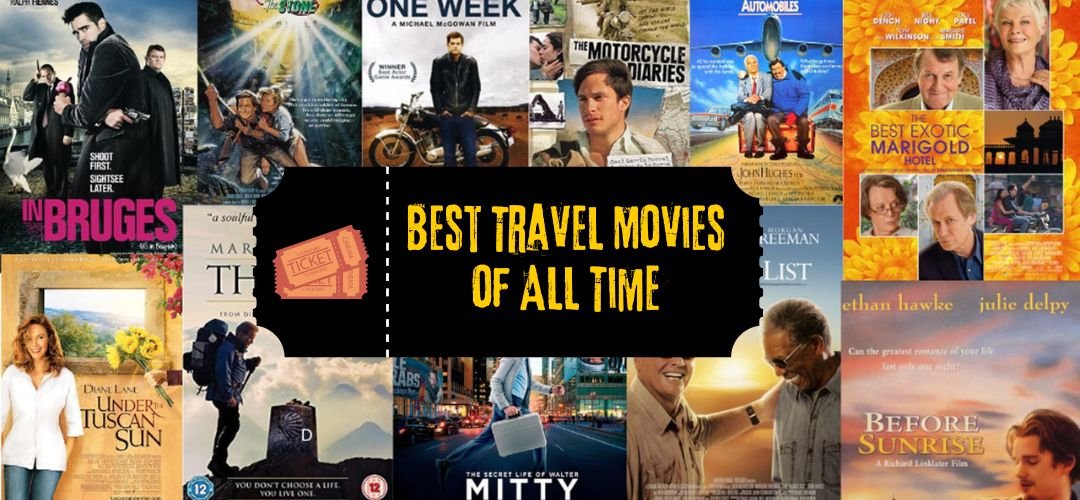
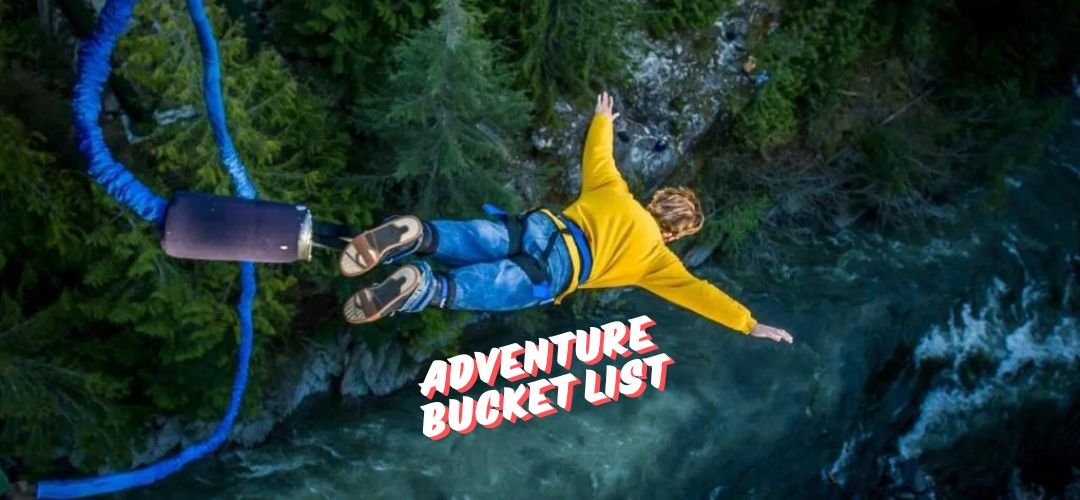



Love this awesome blog. Thanks for including me in it. I definitely am inspired by all the gorgeous eco friendly destinations.
Thank you Nadine!